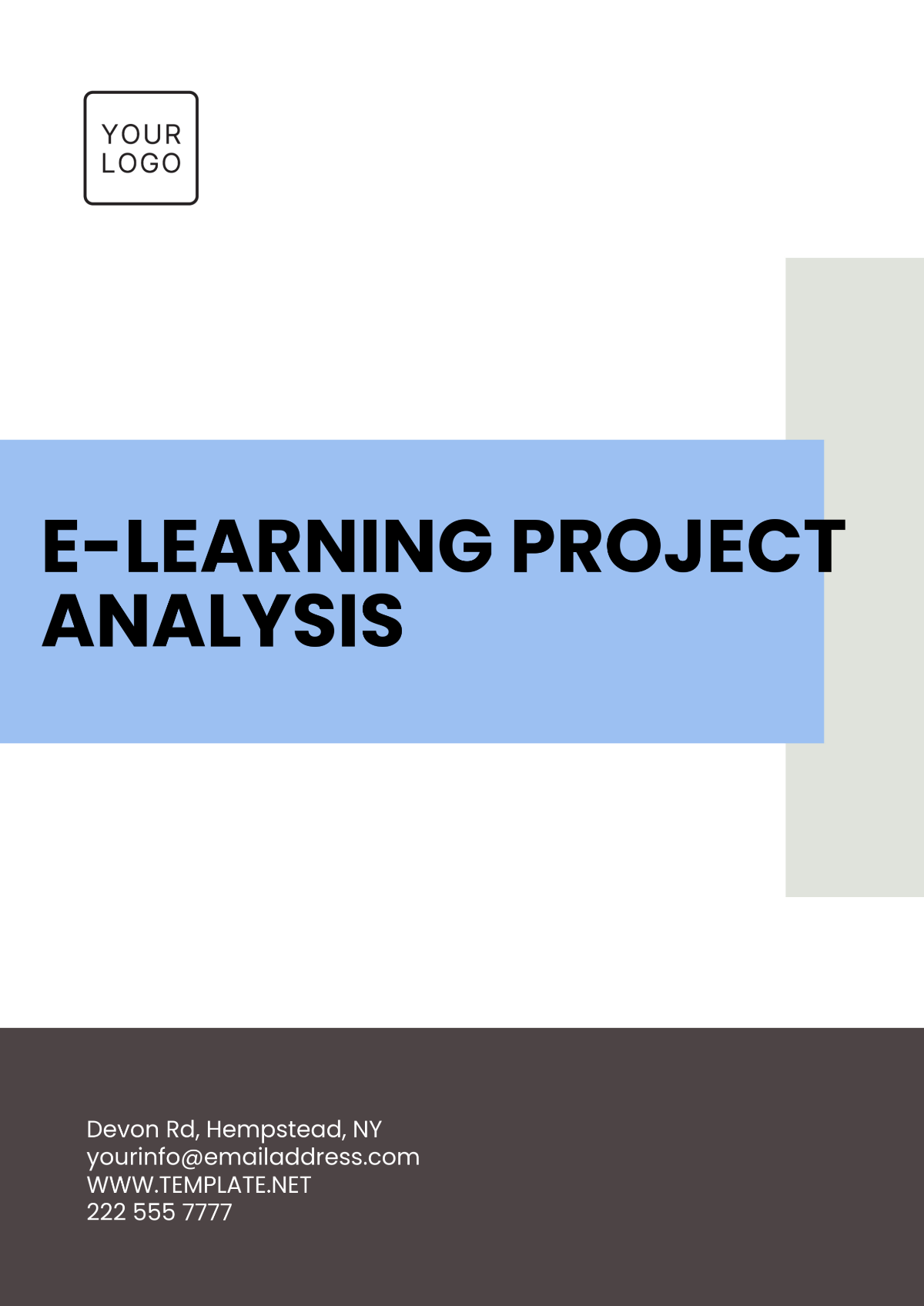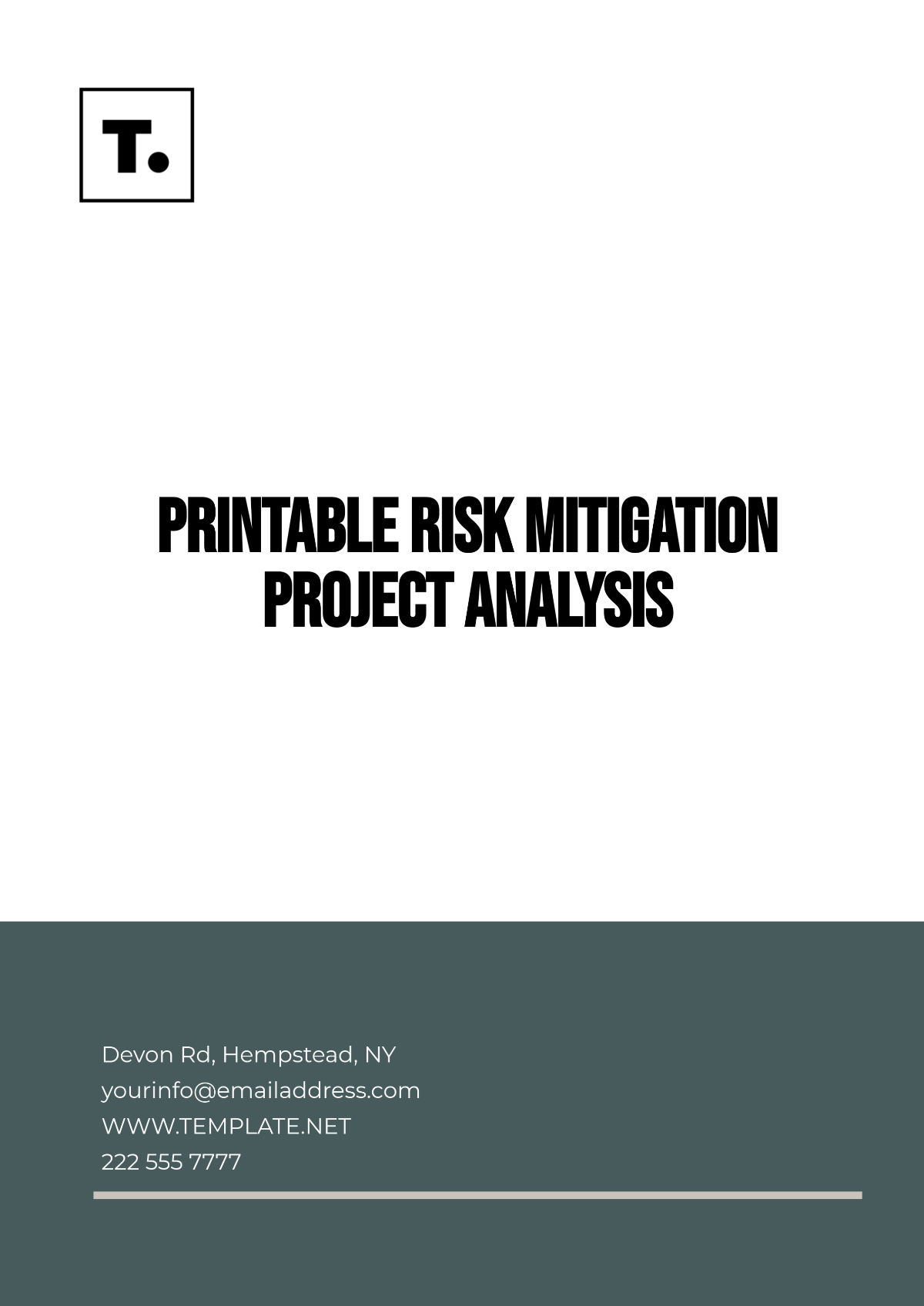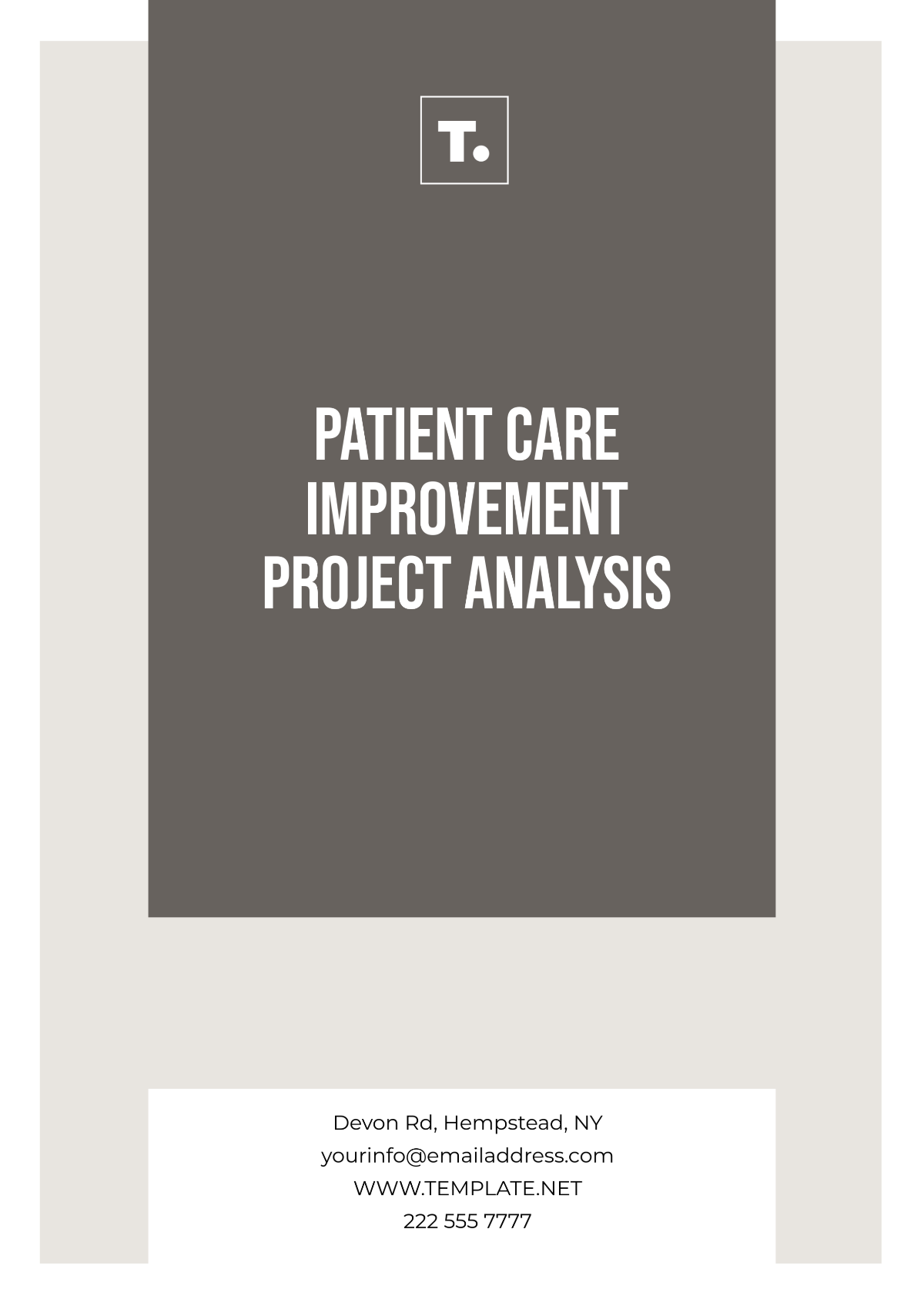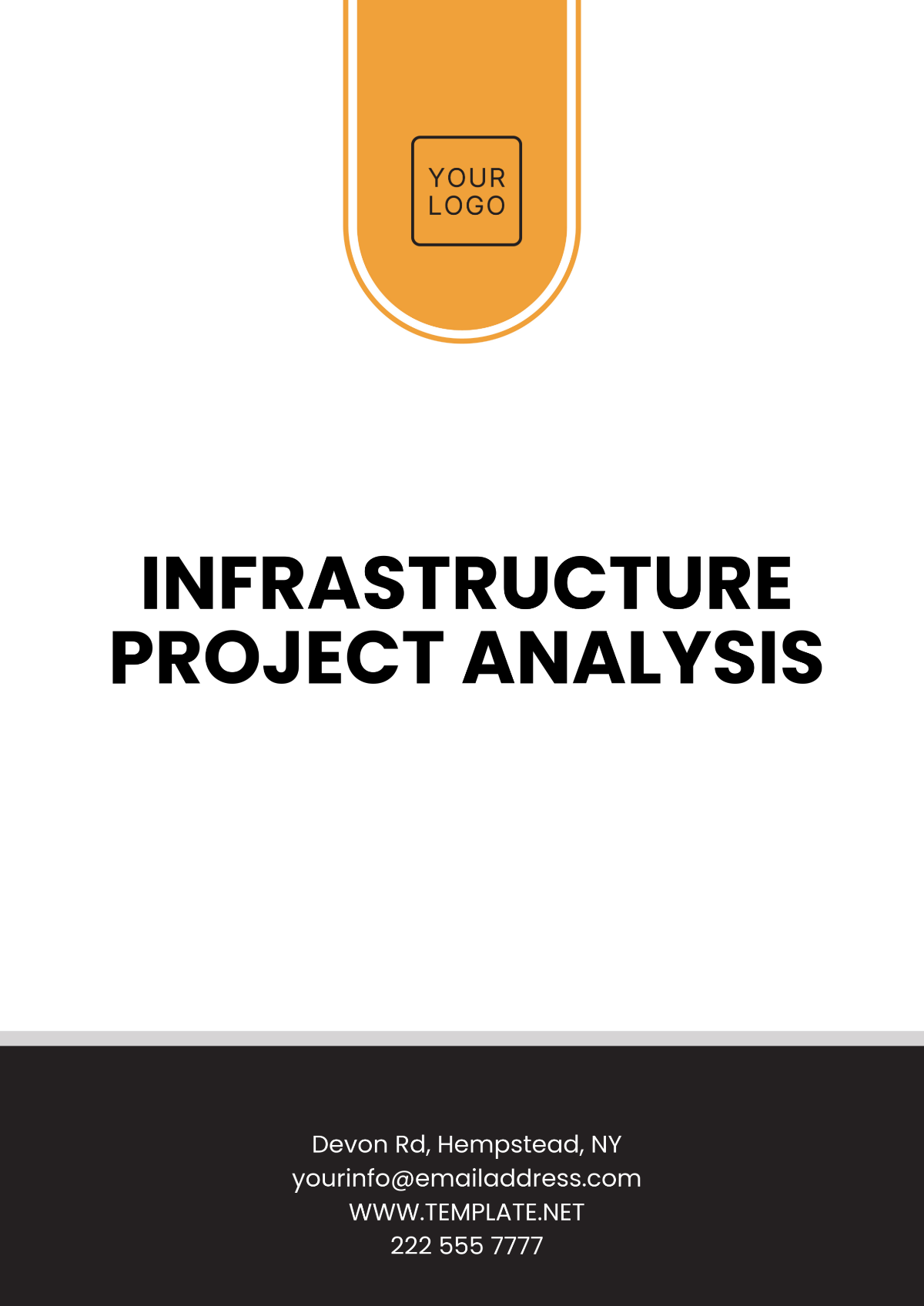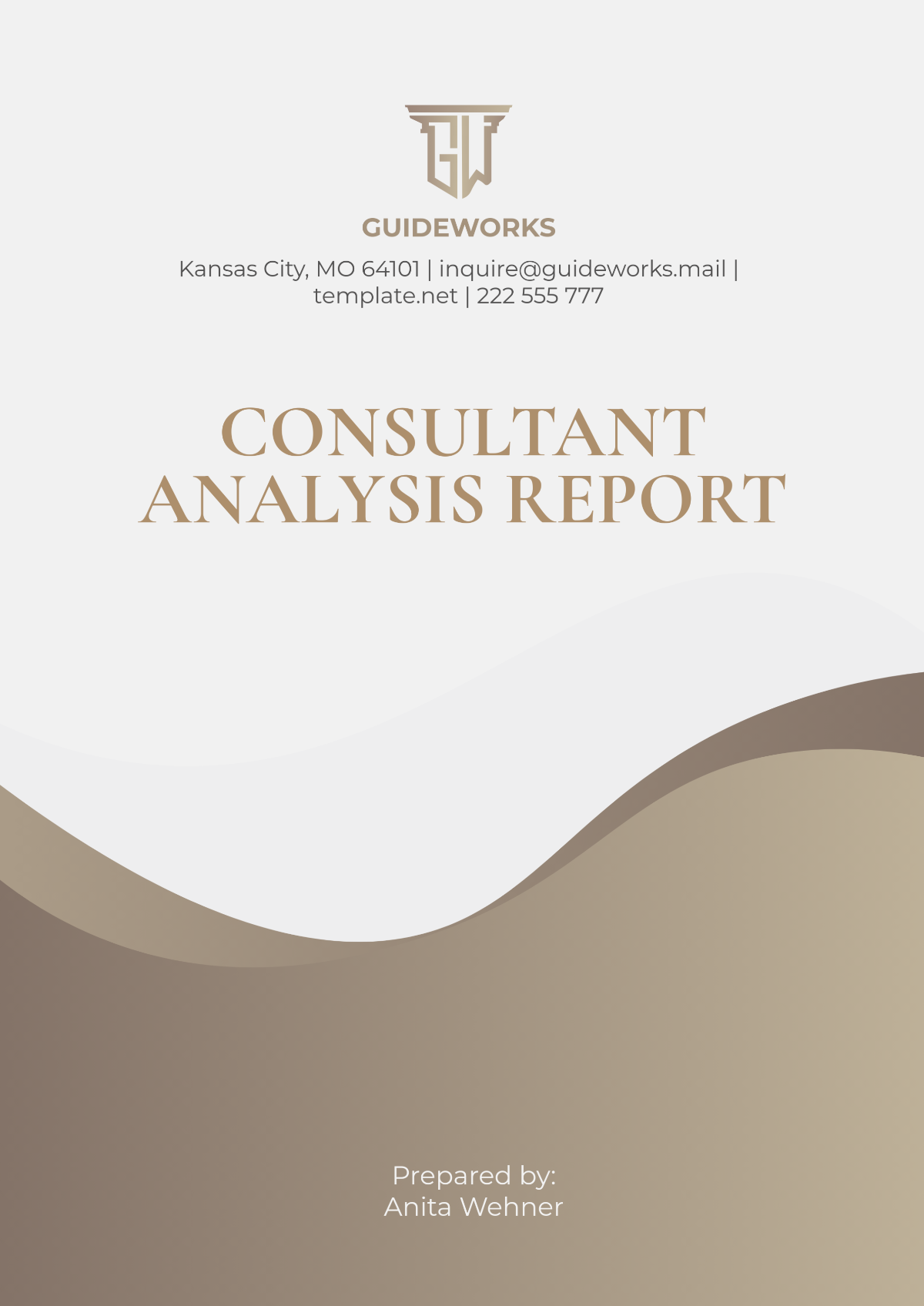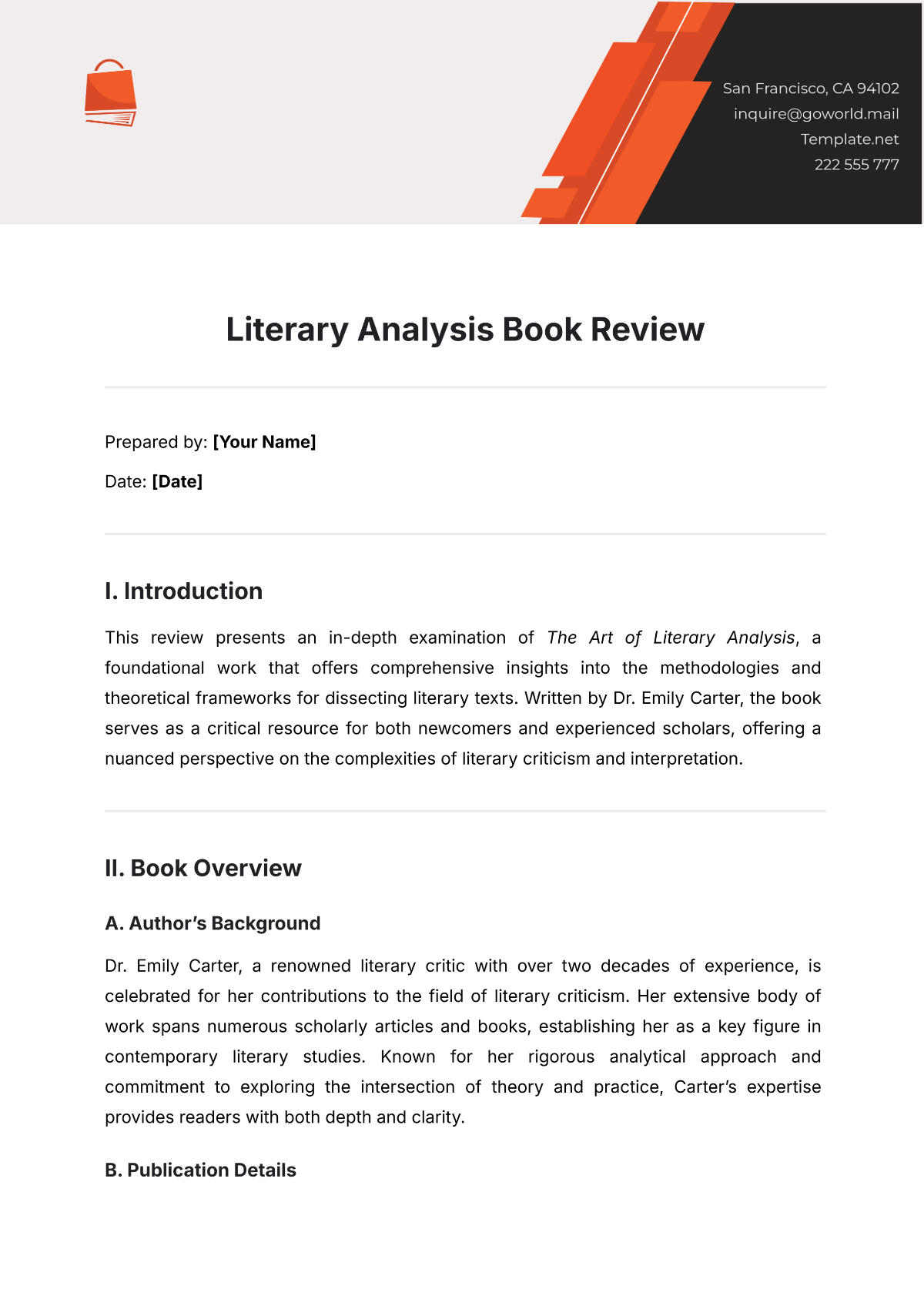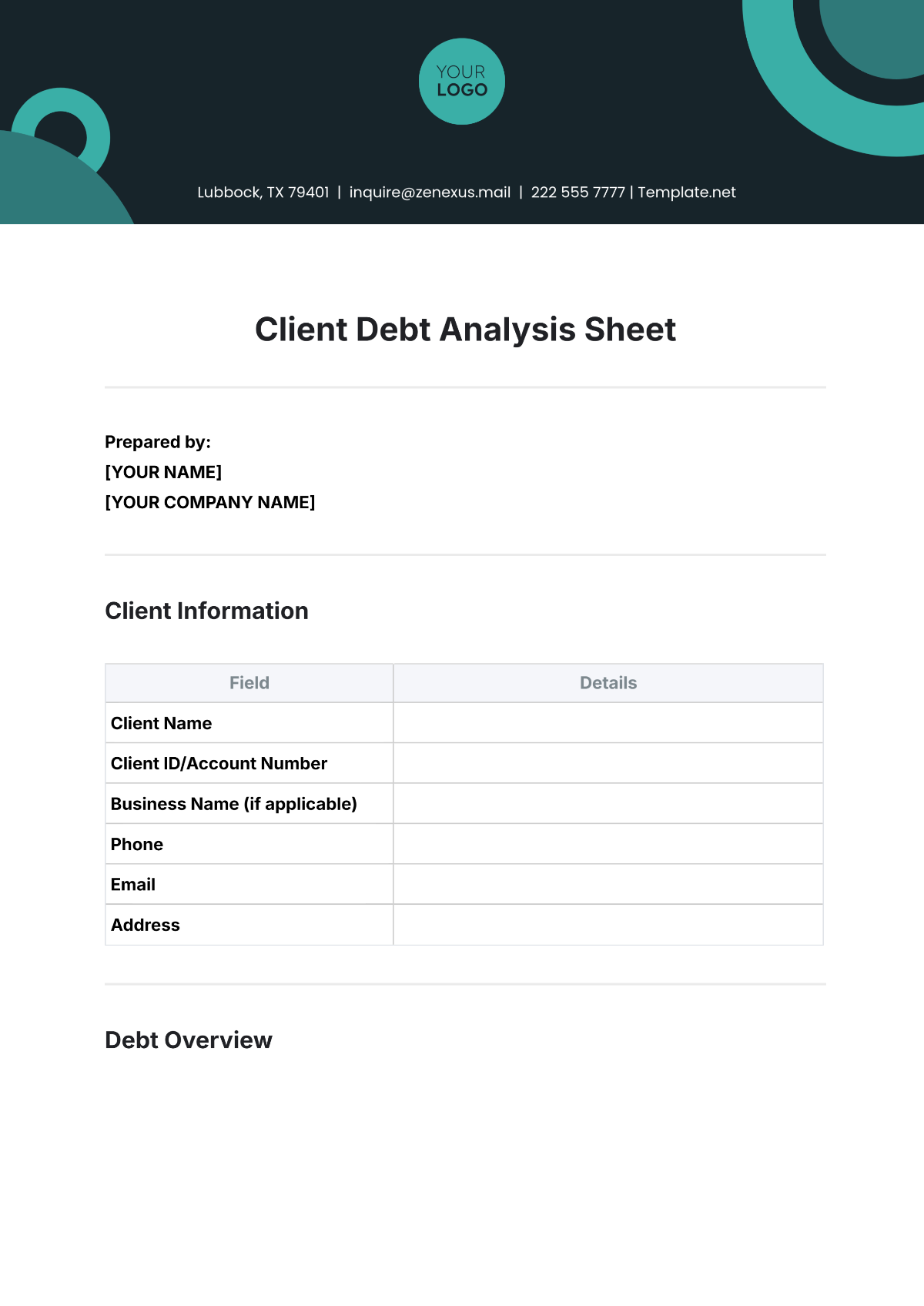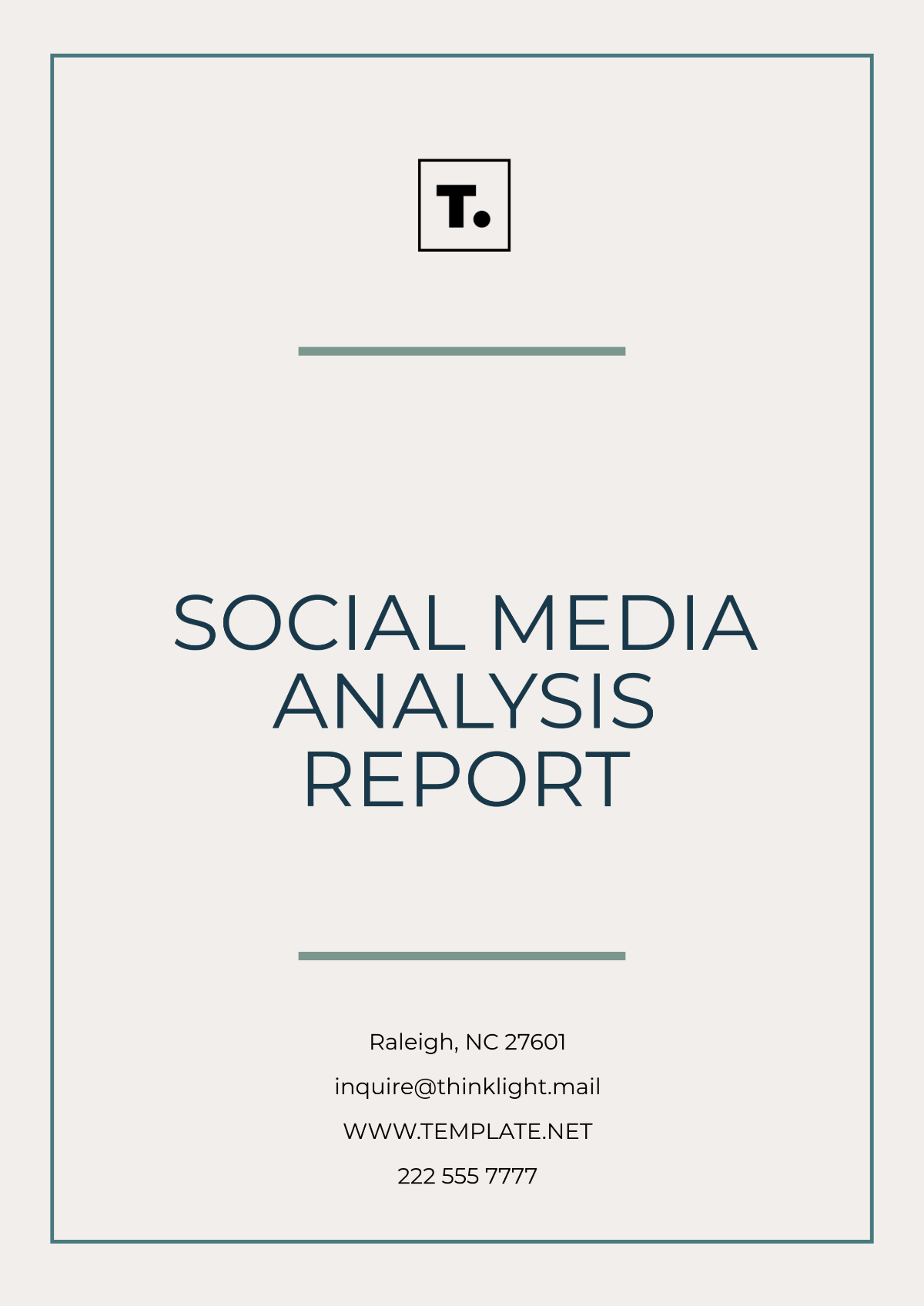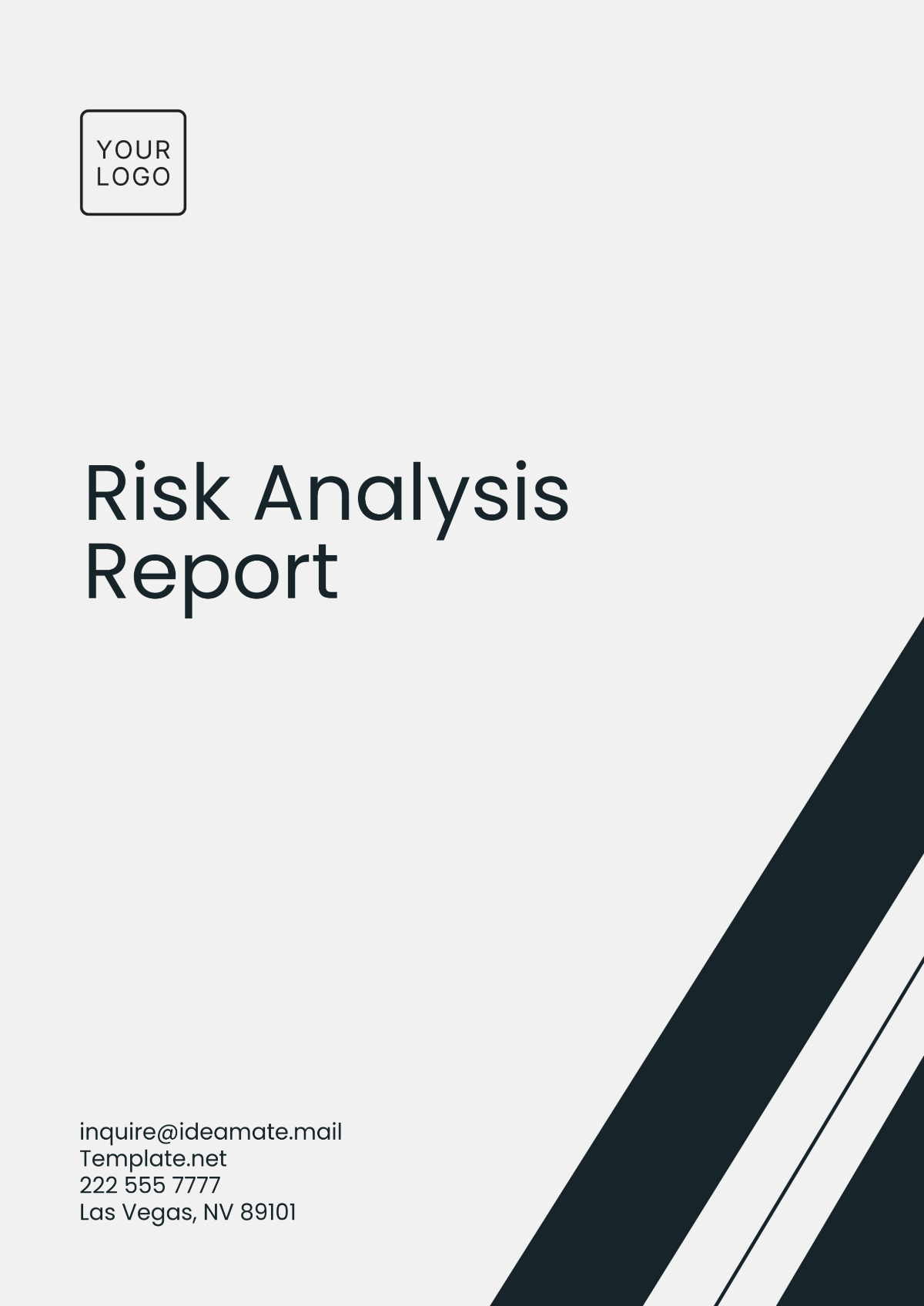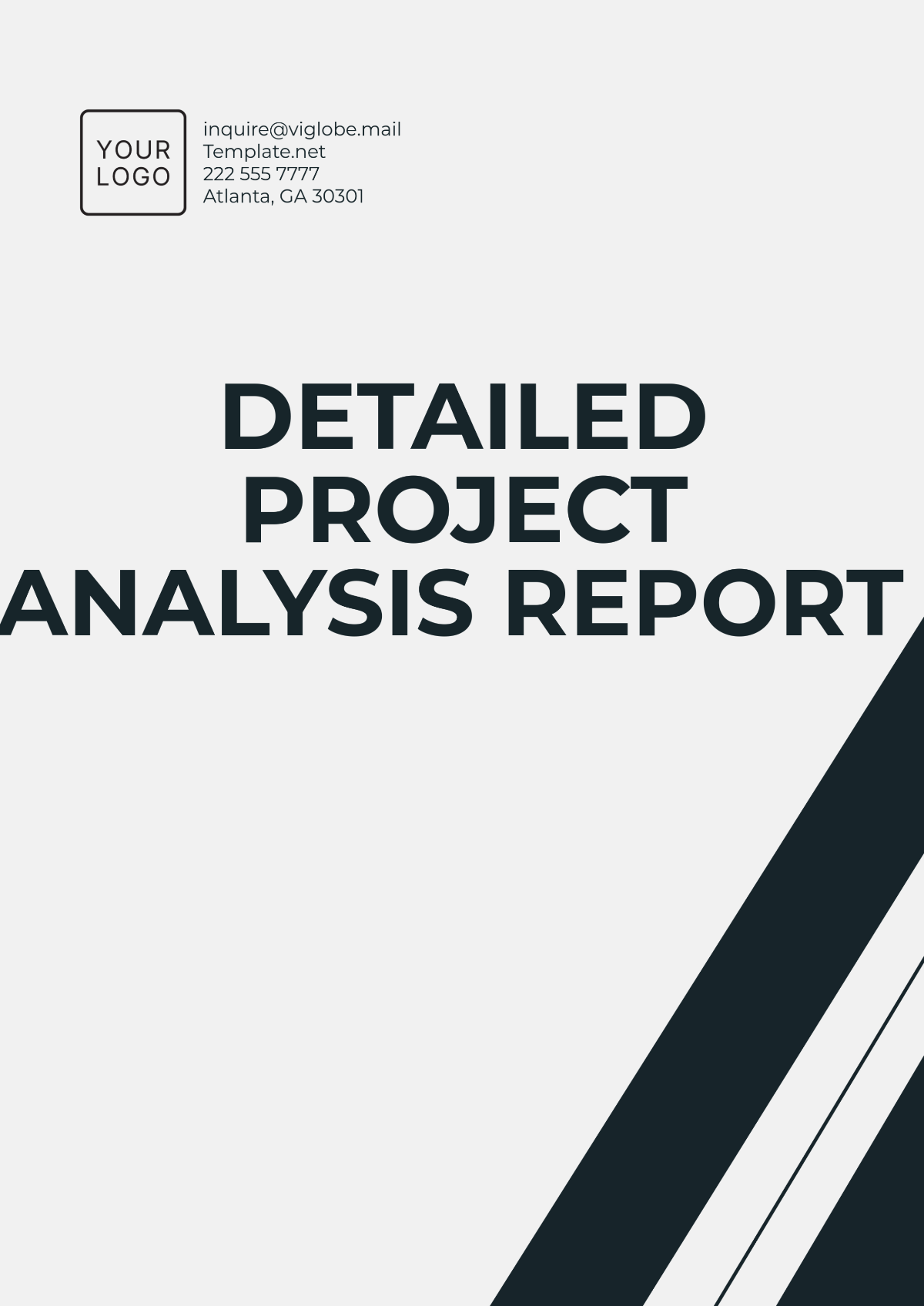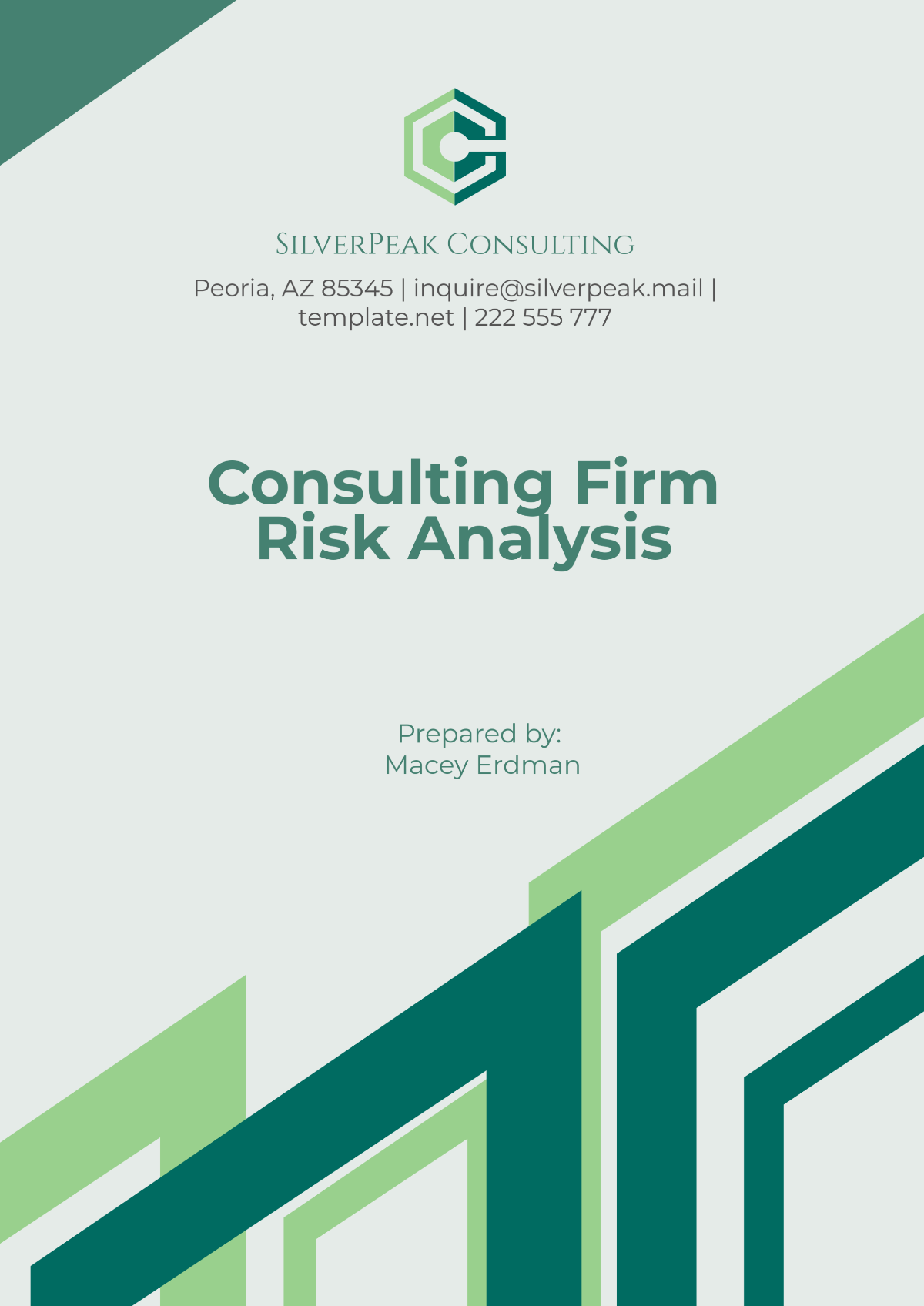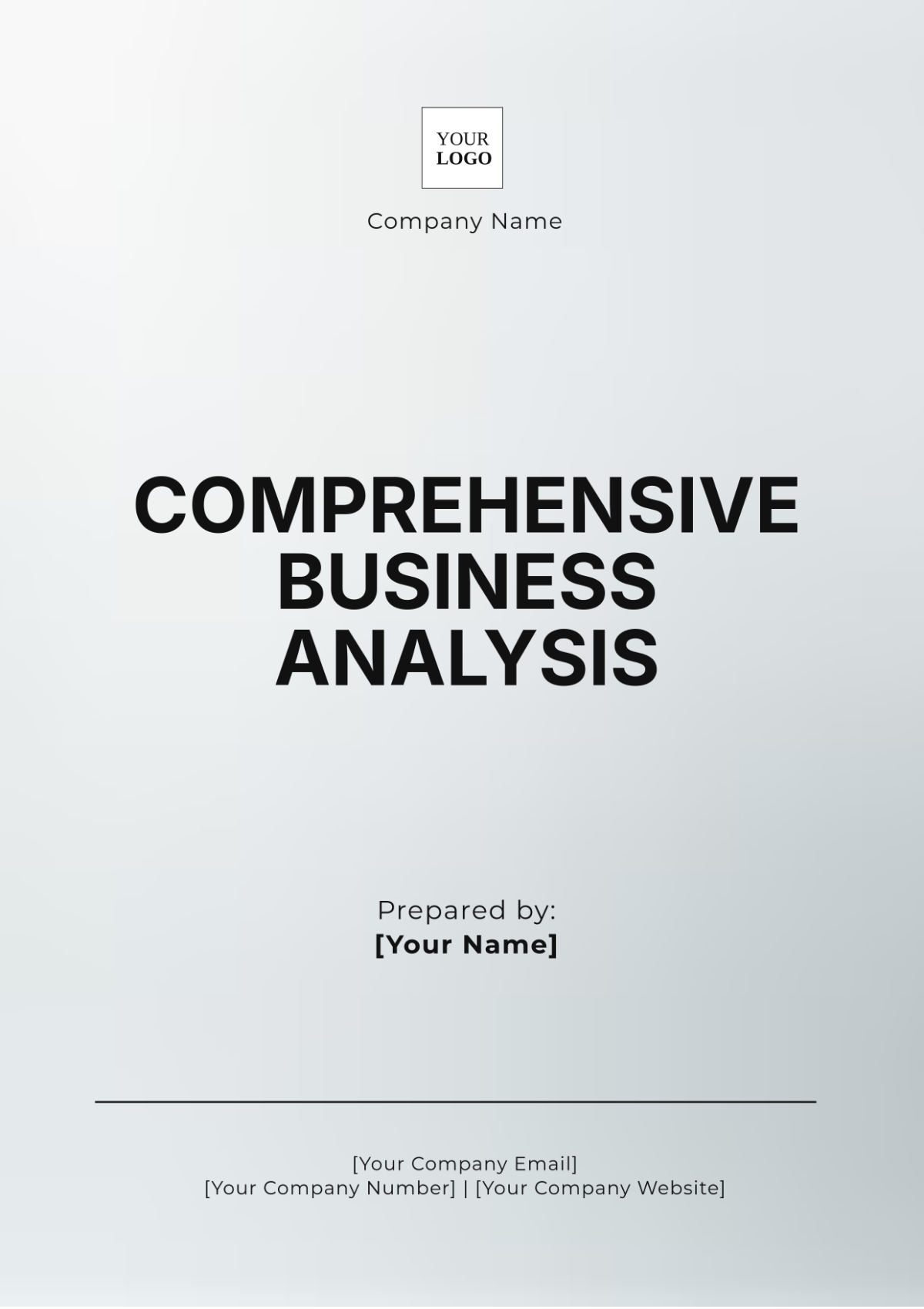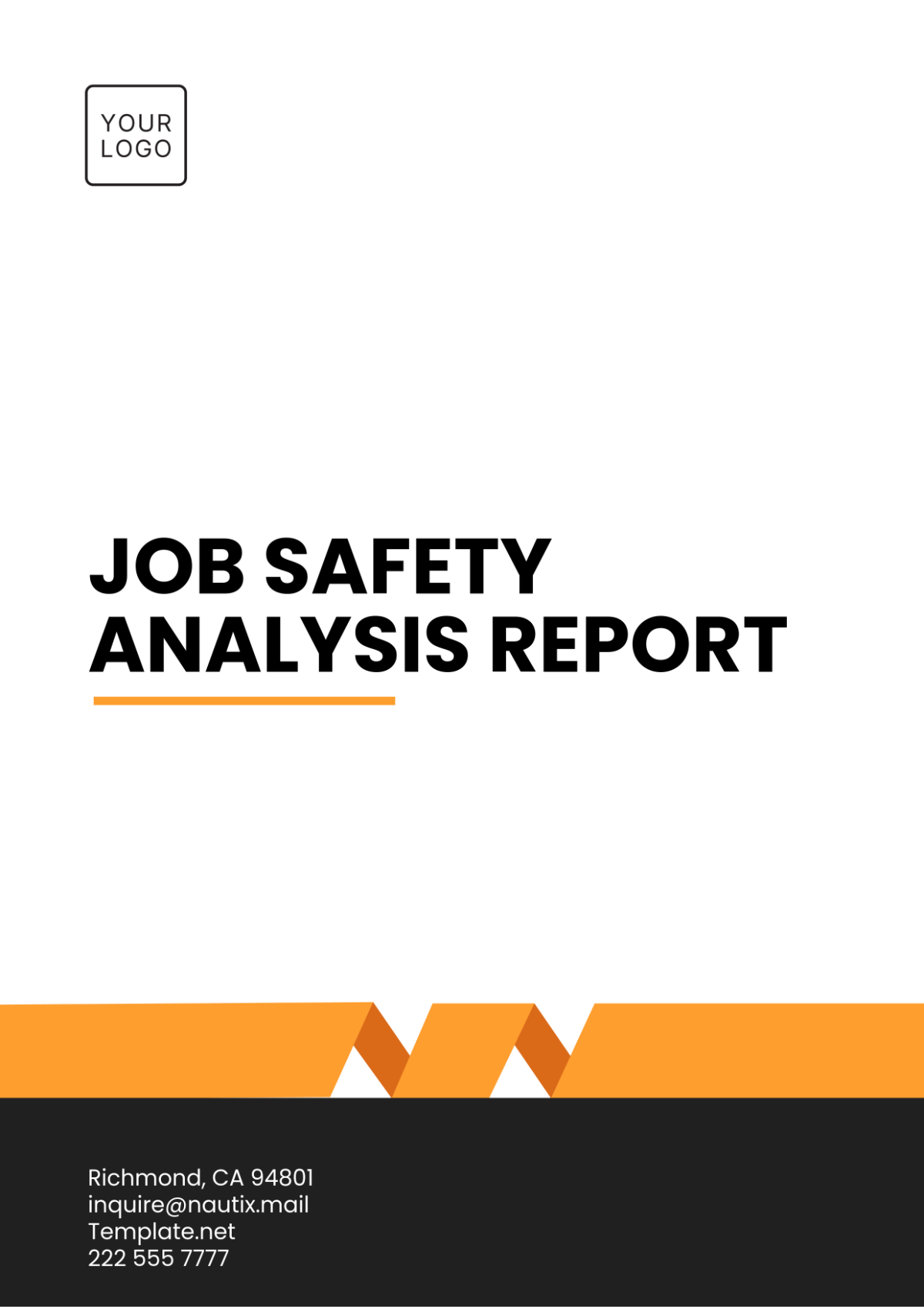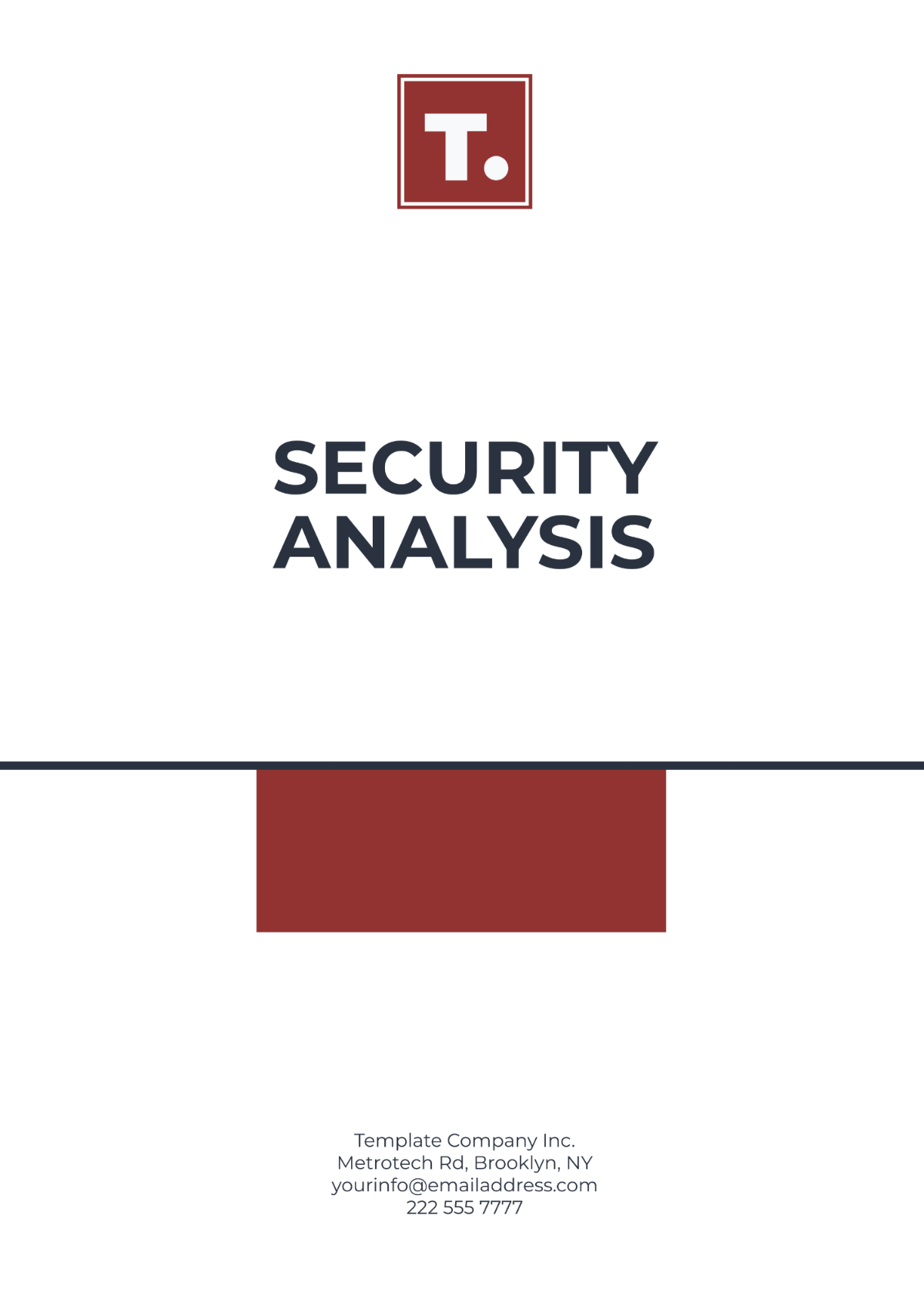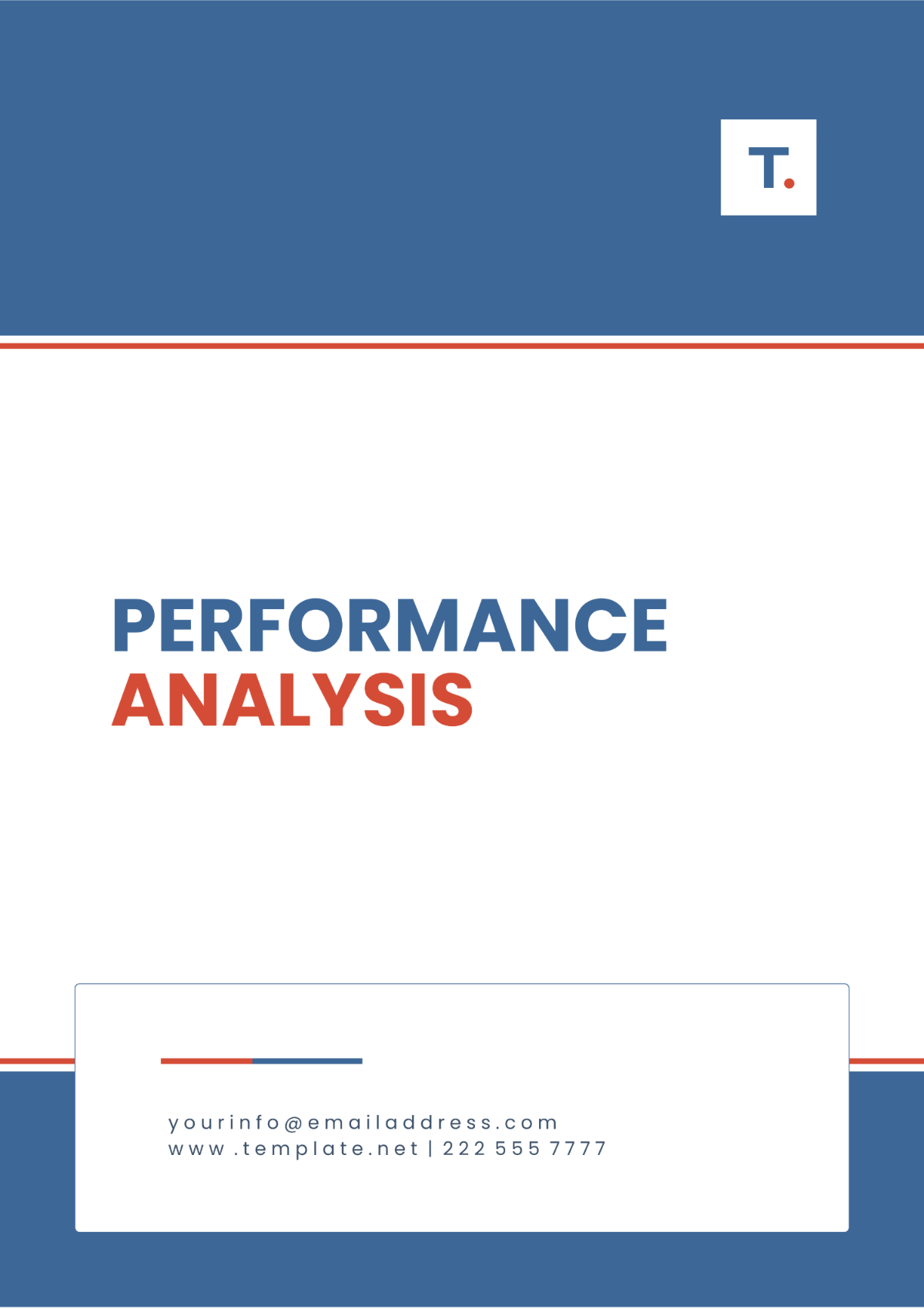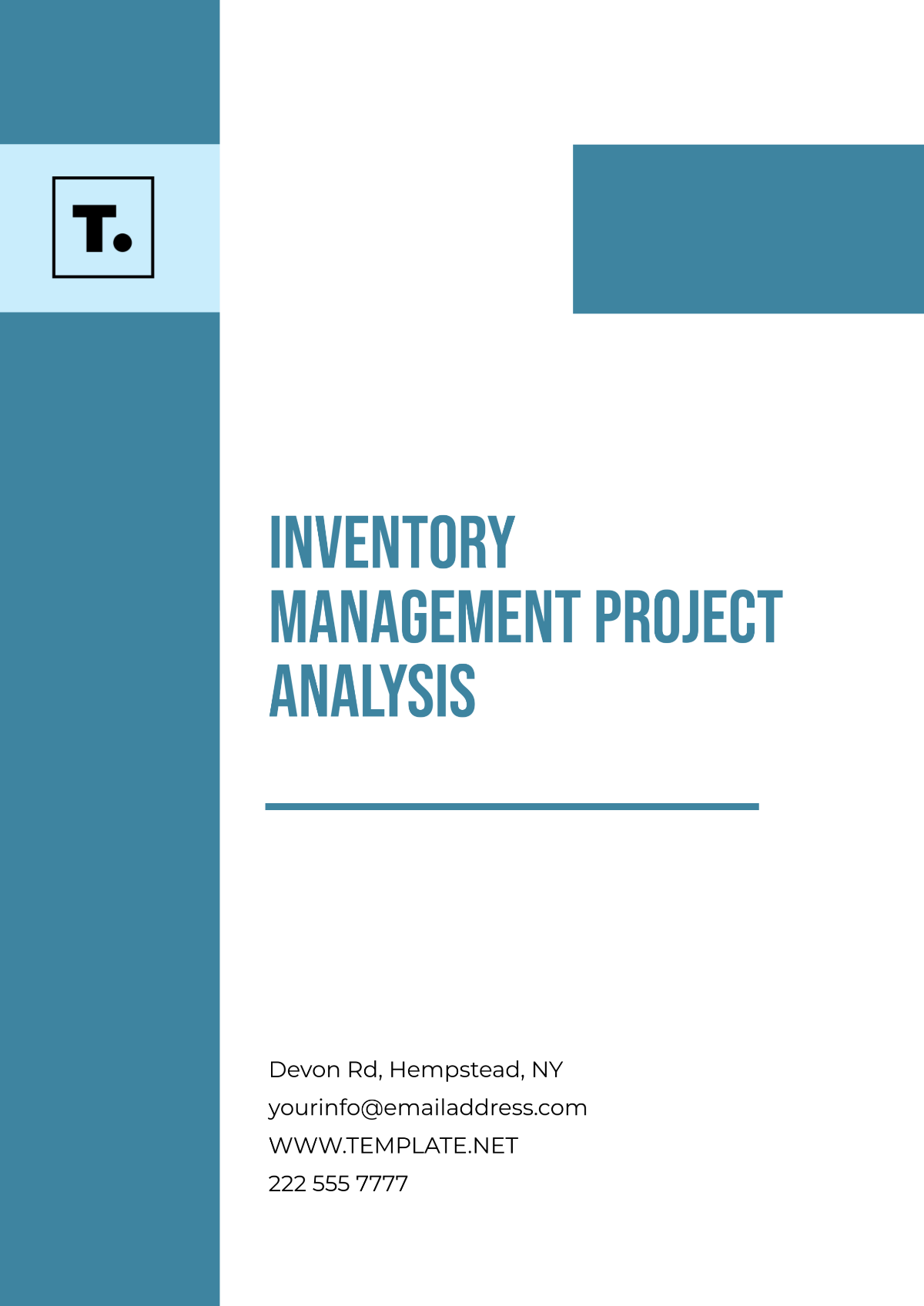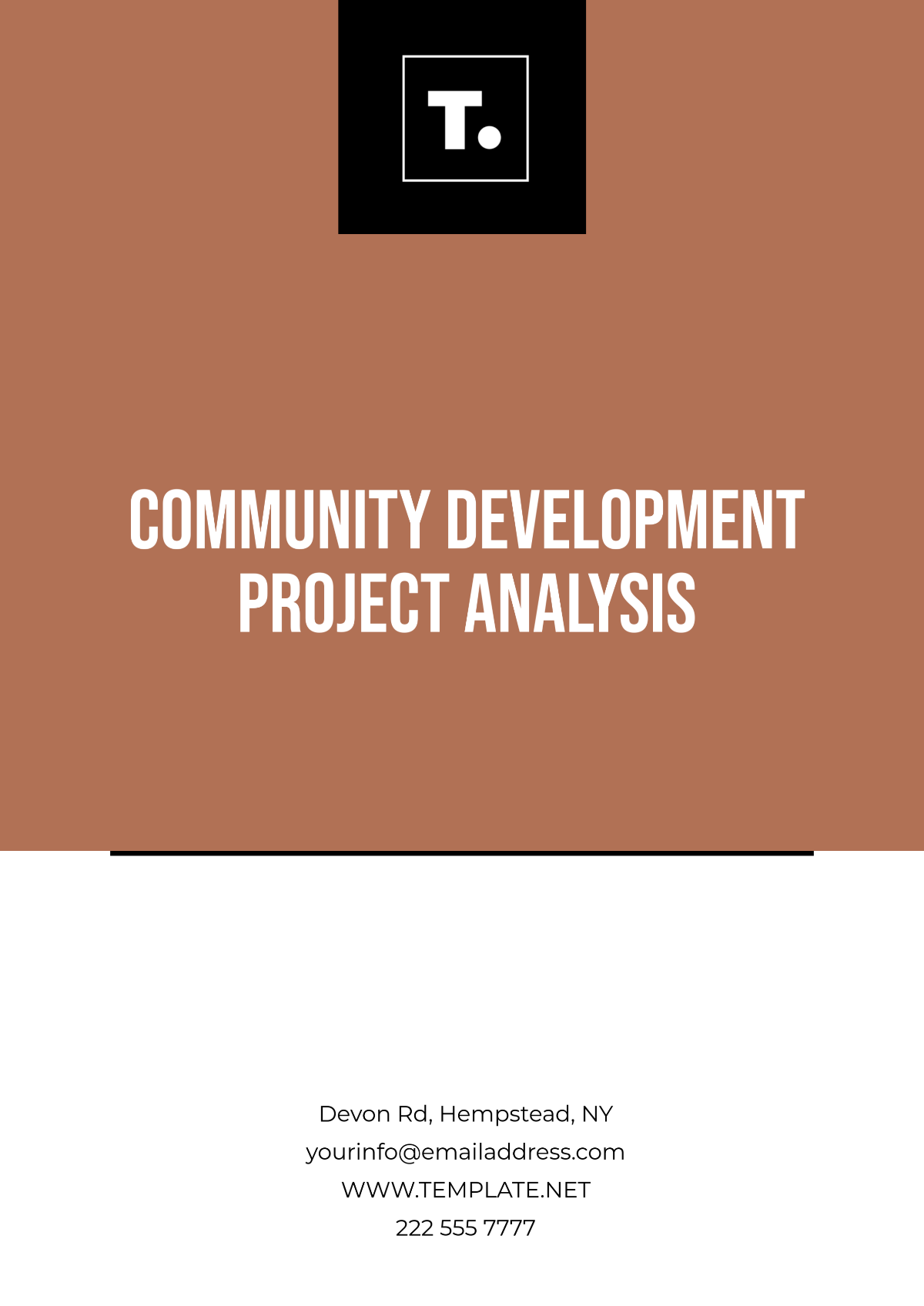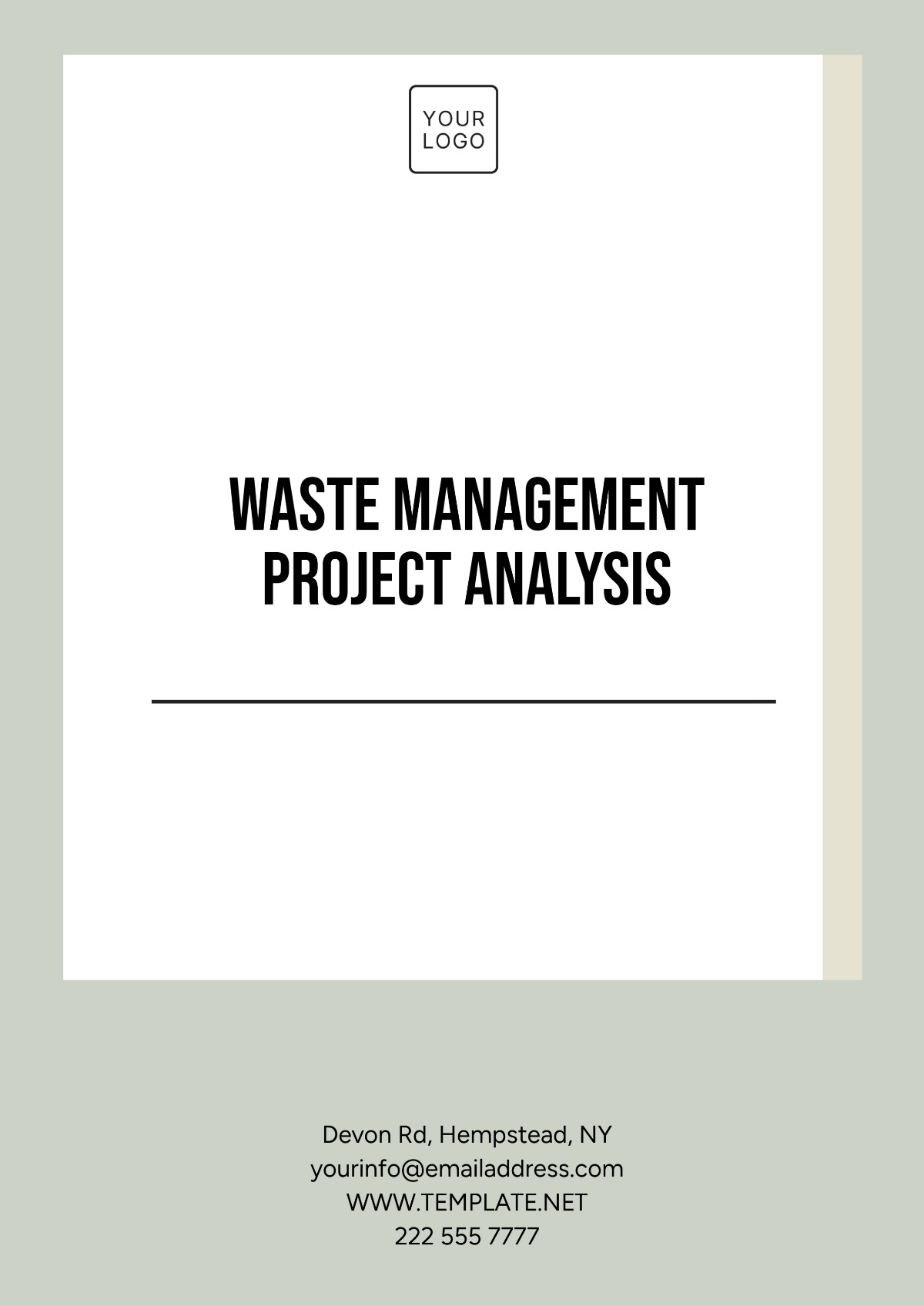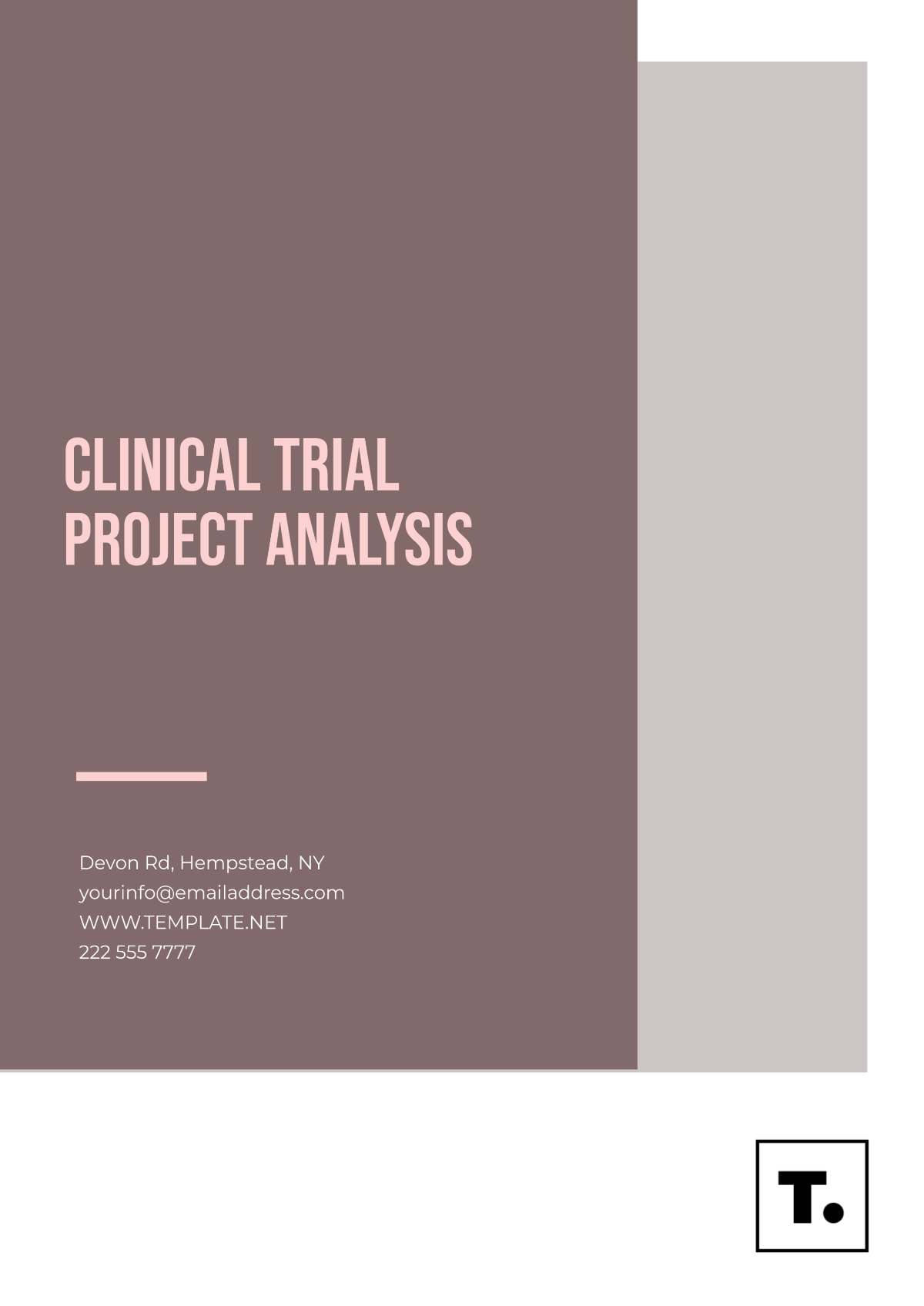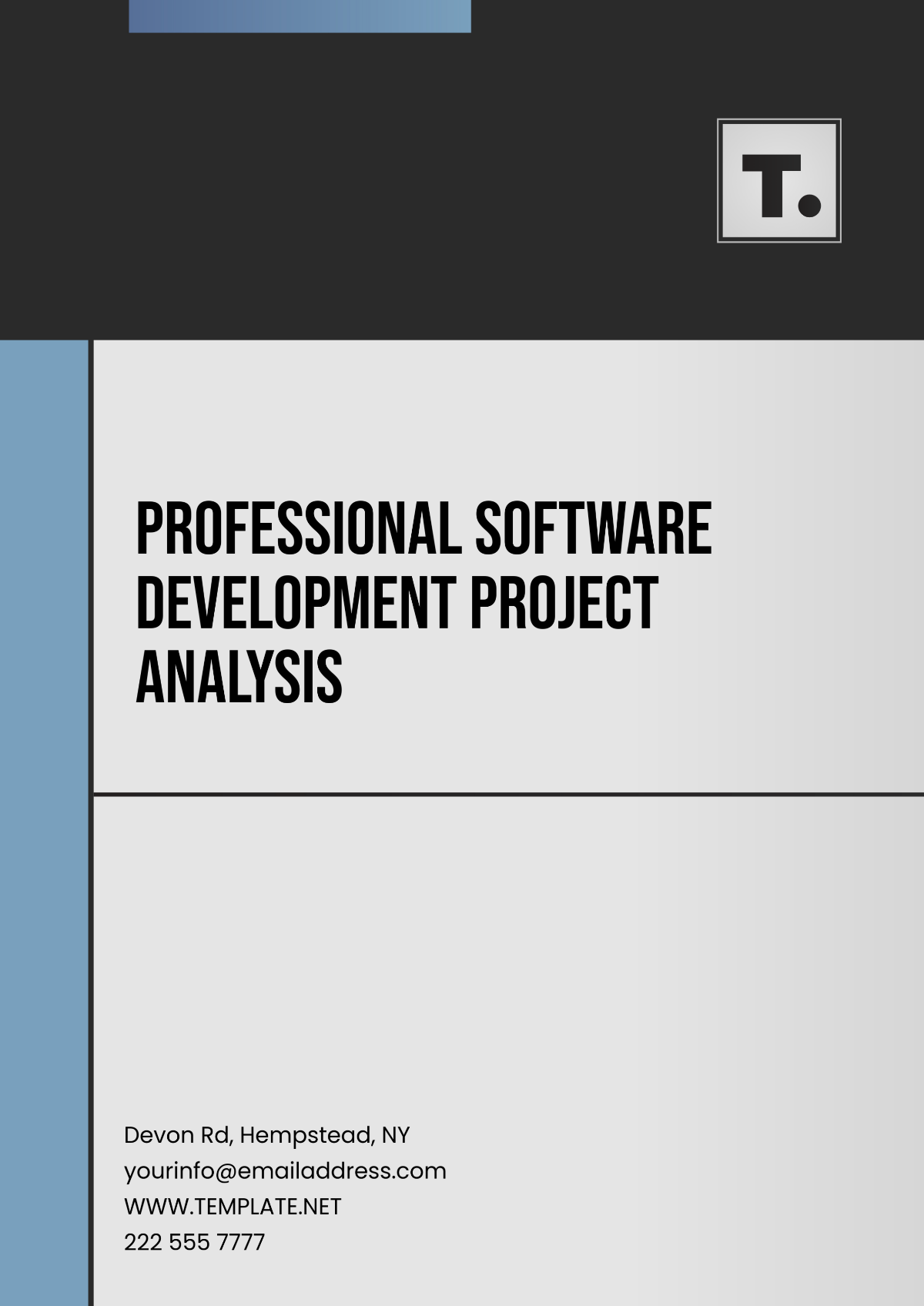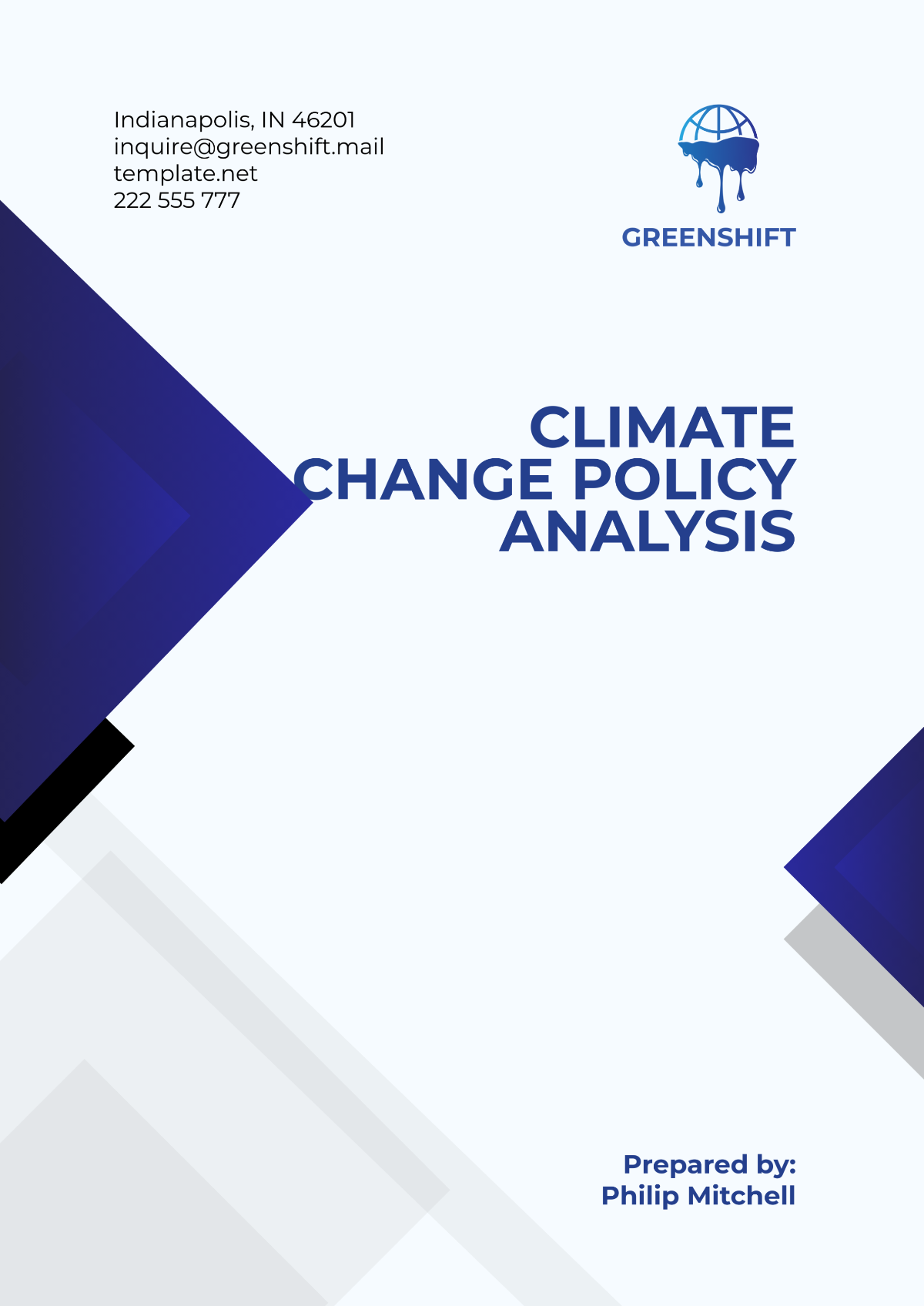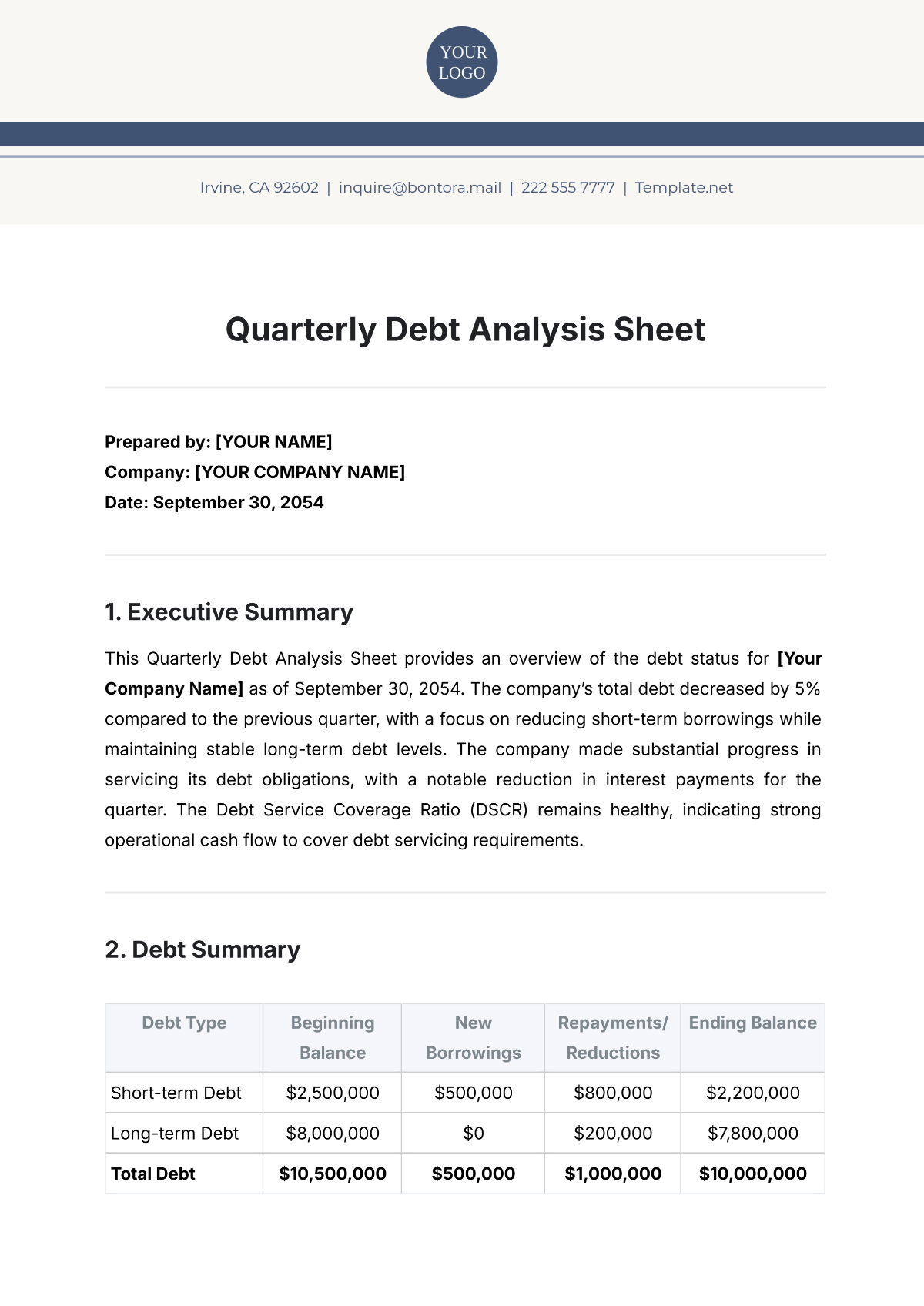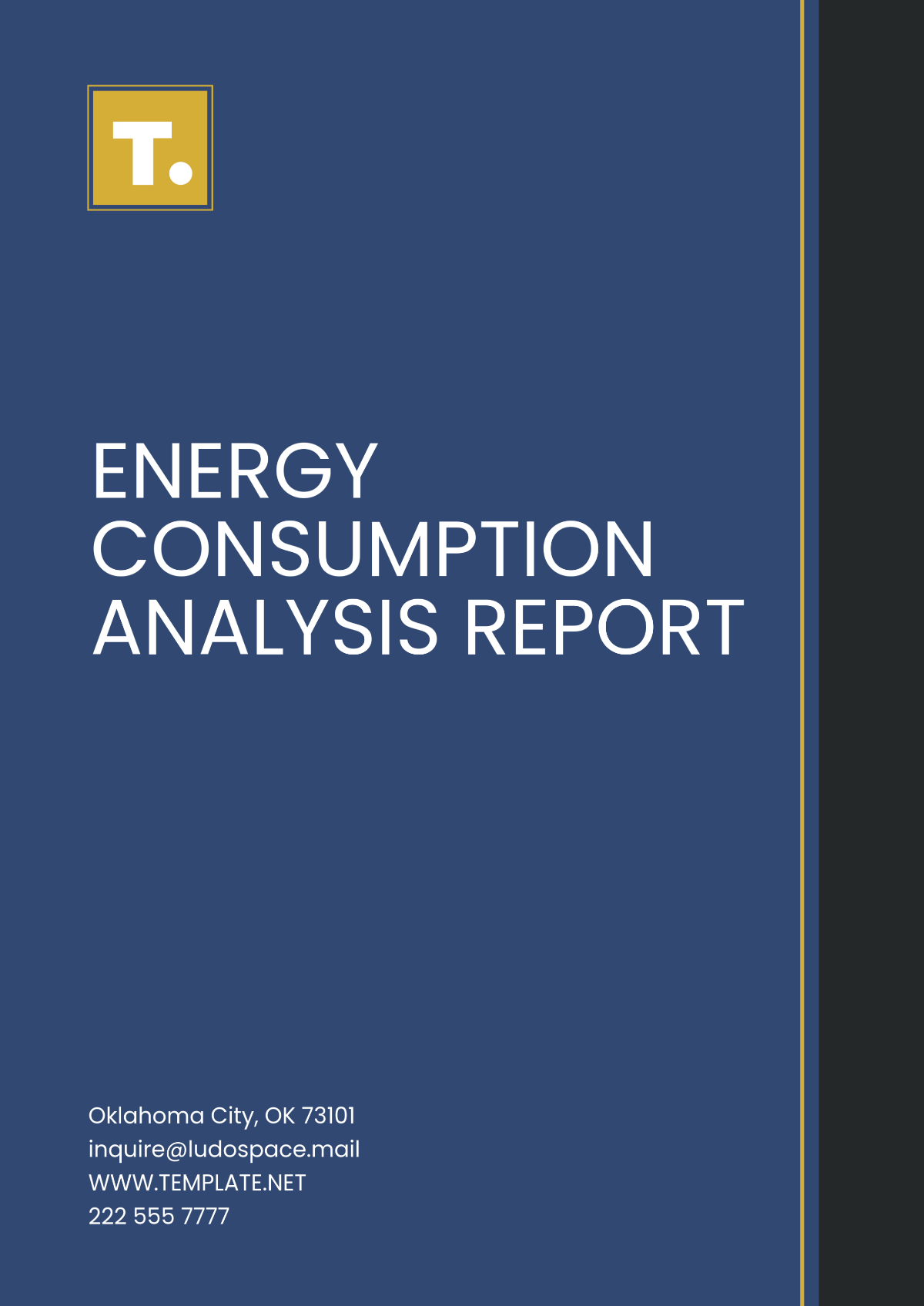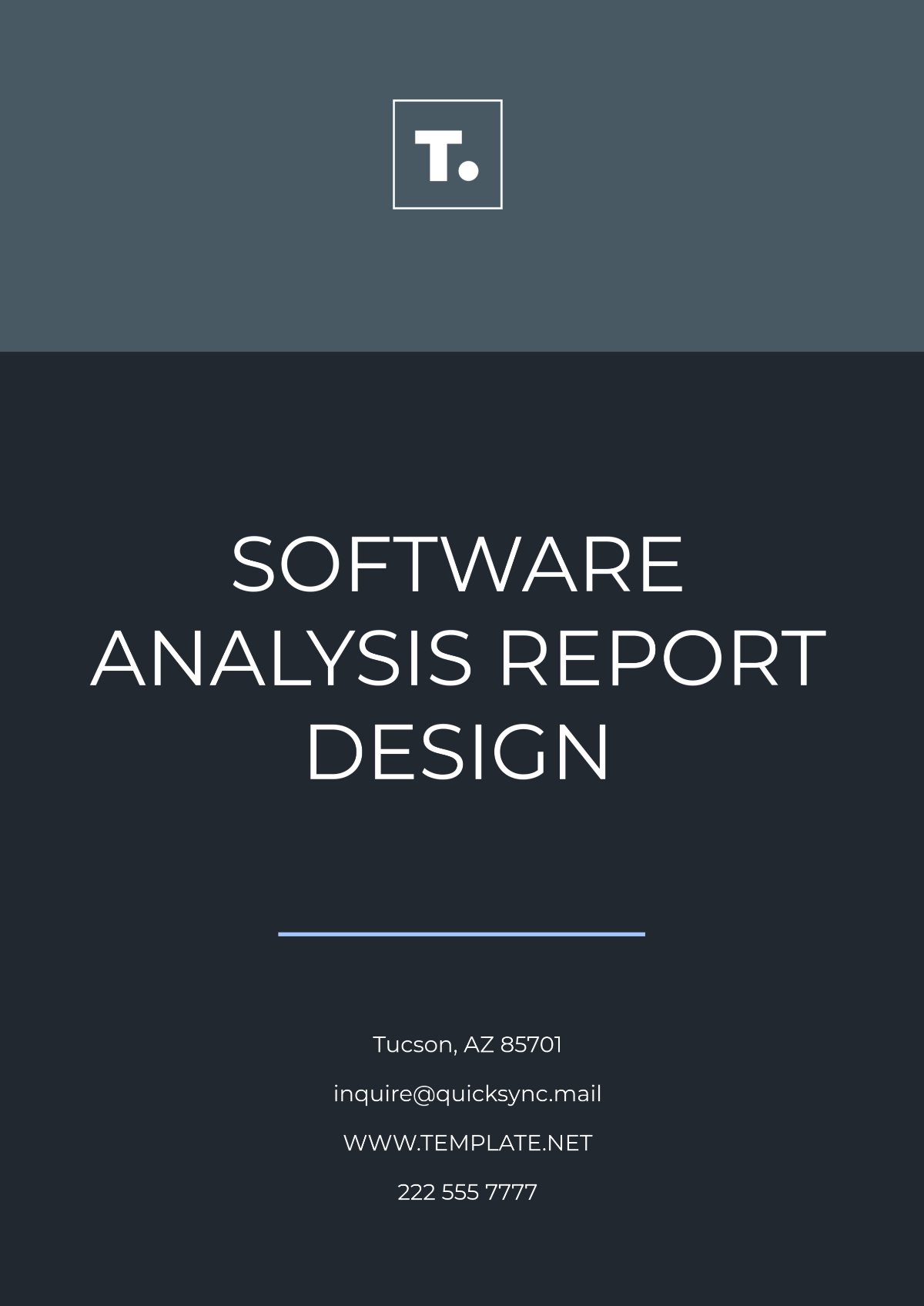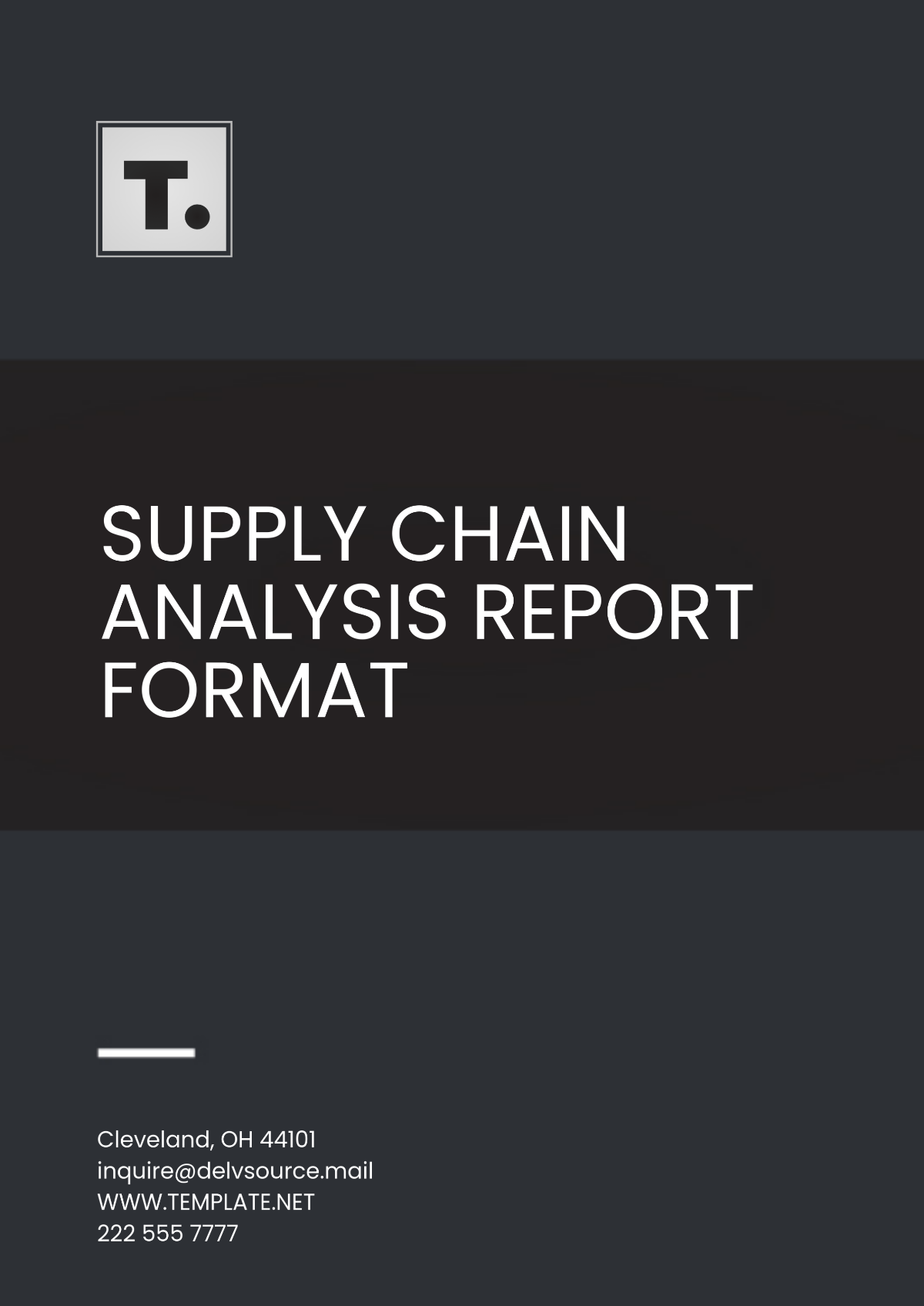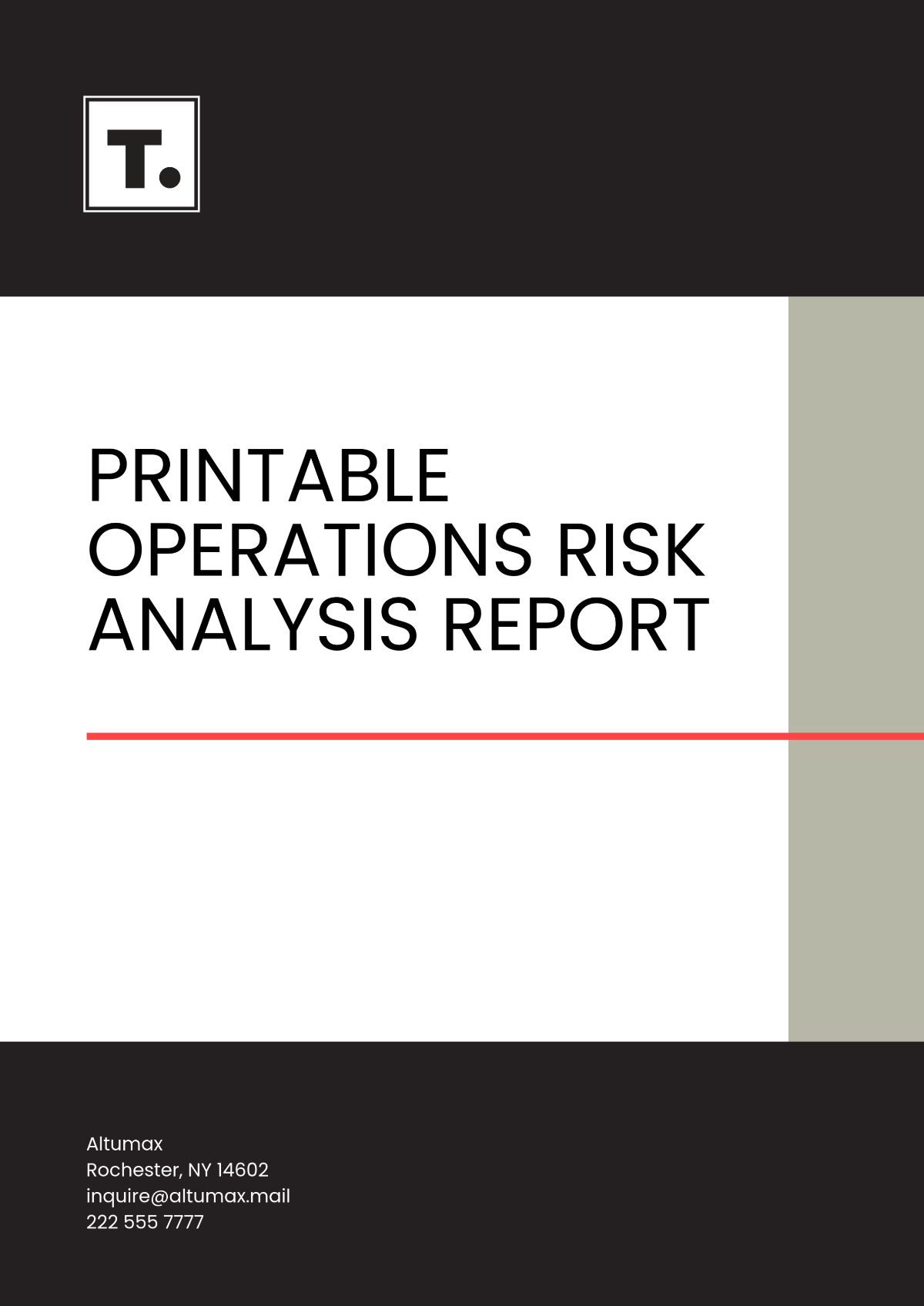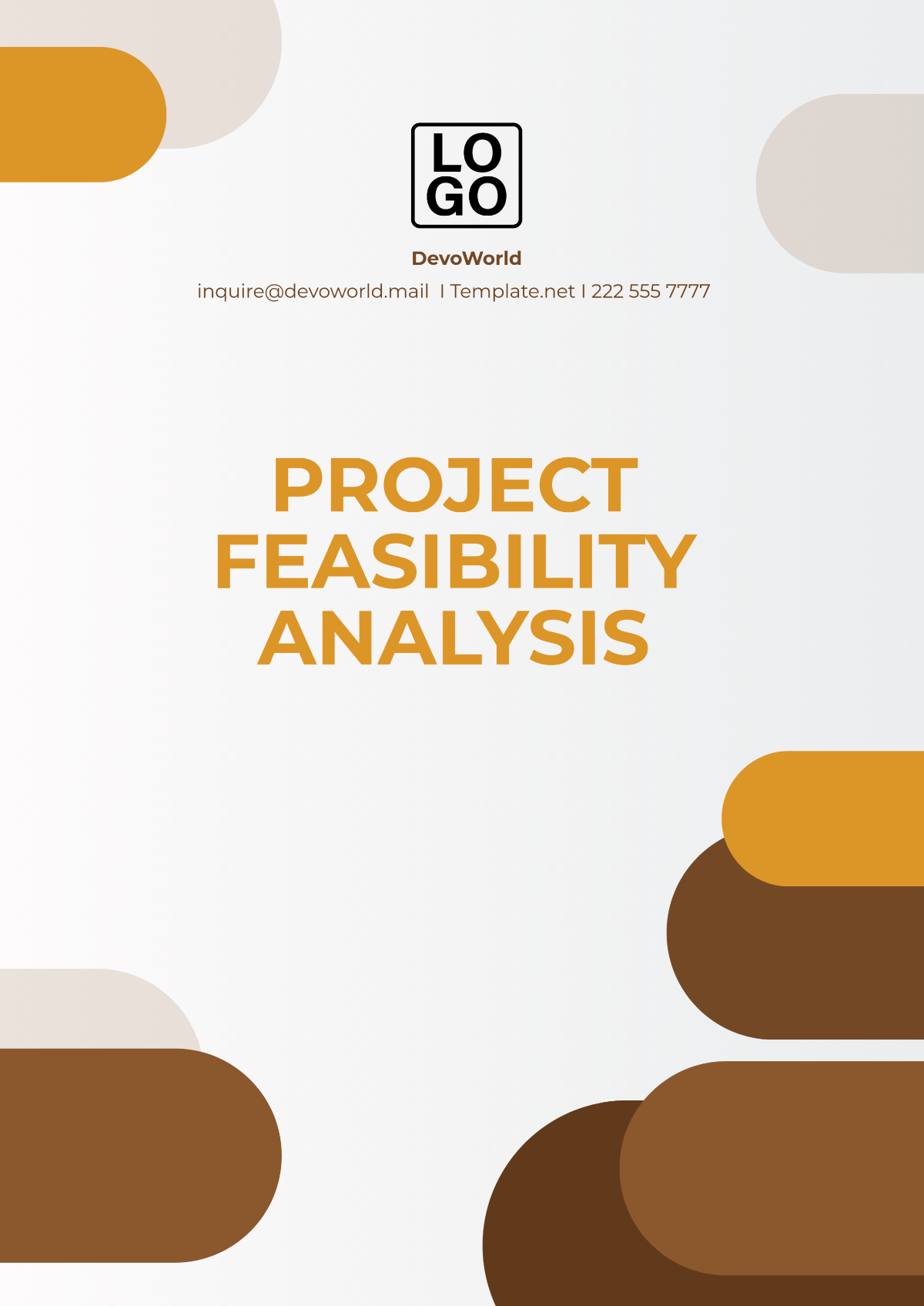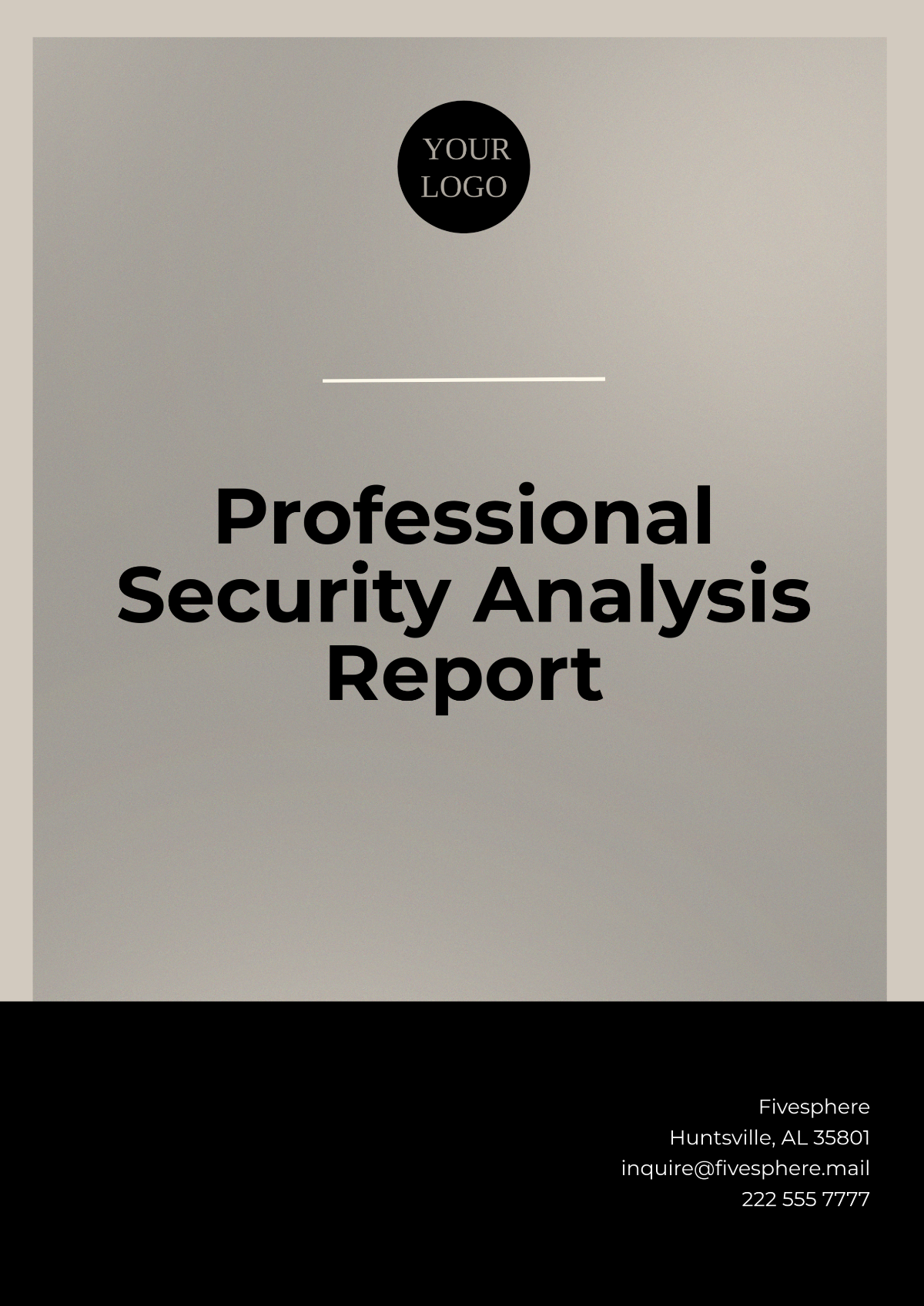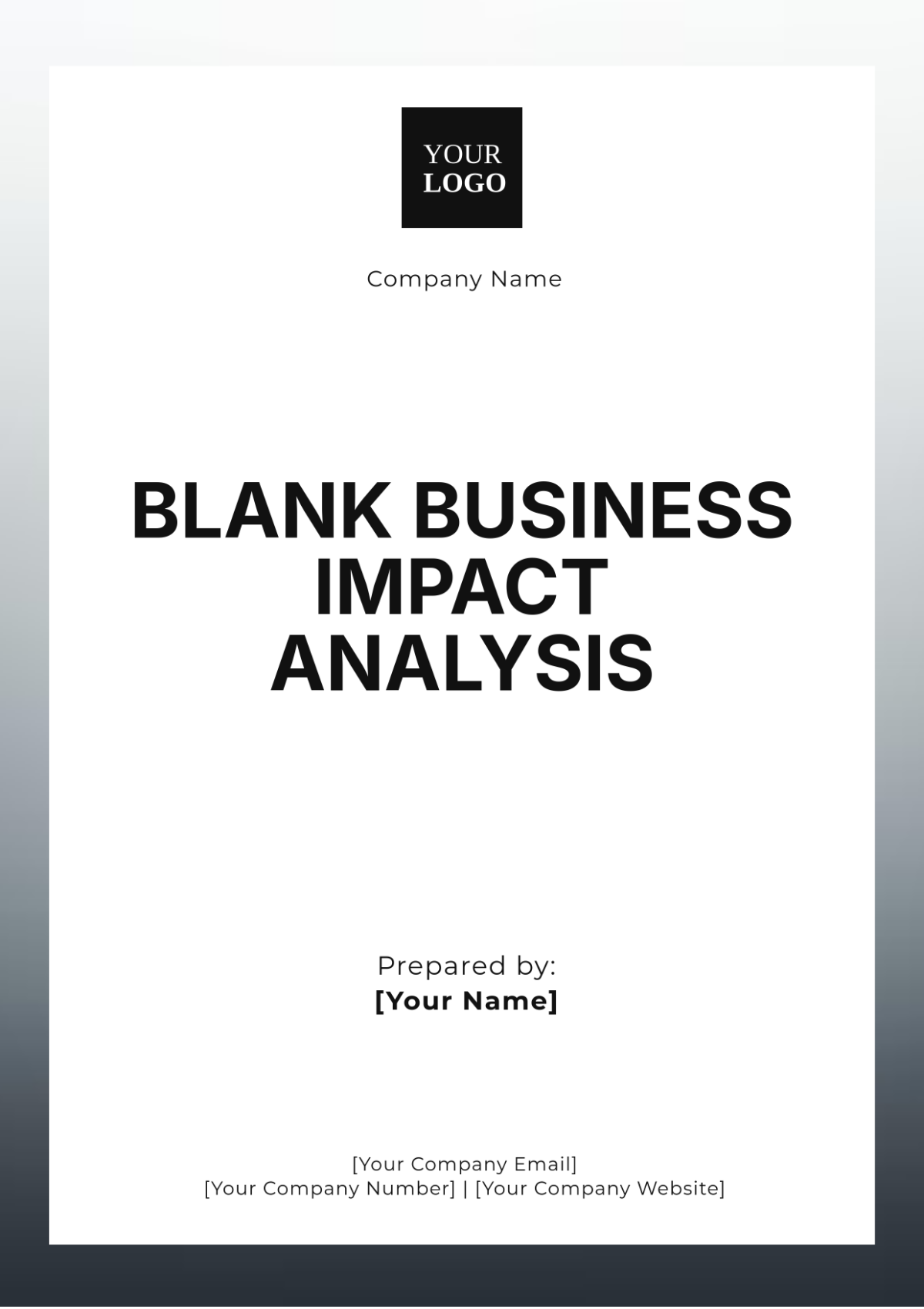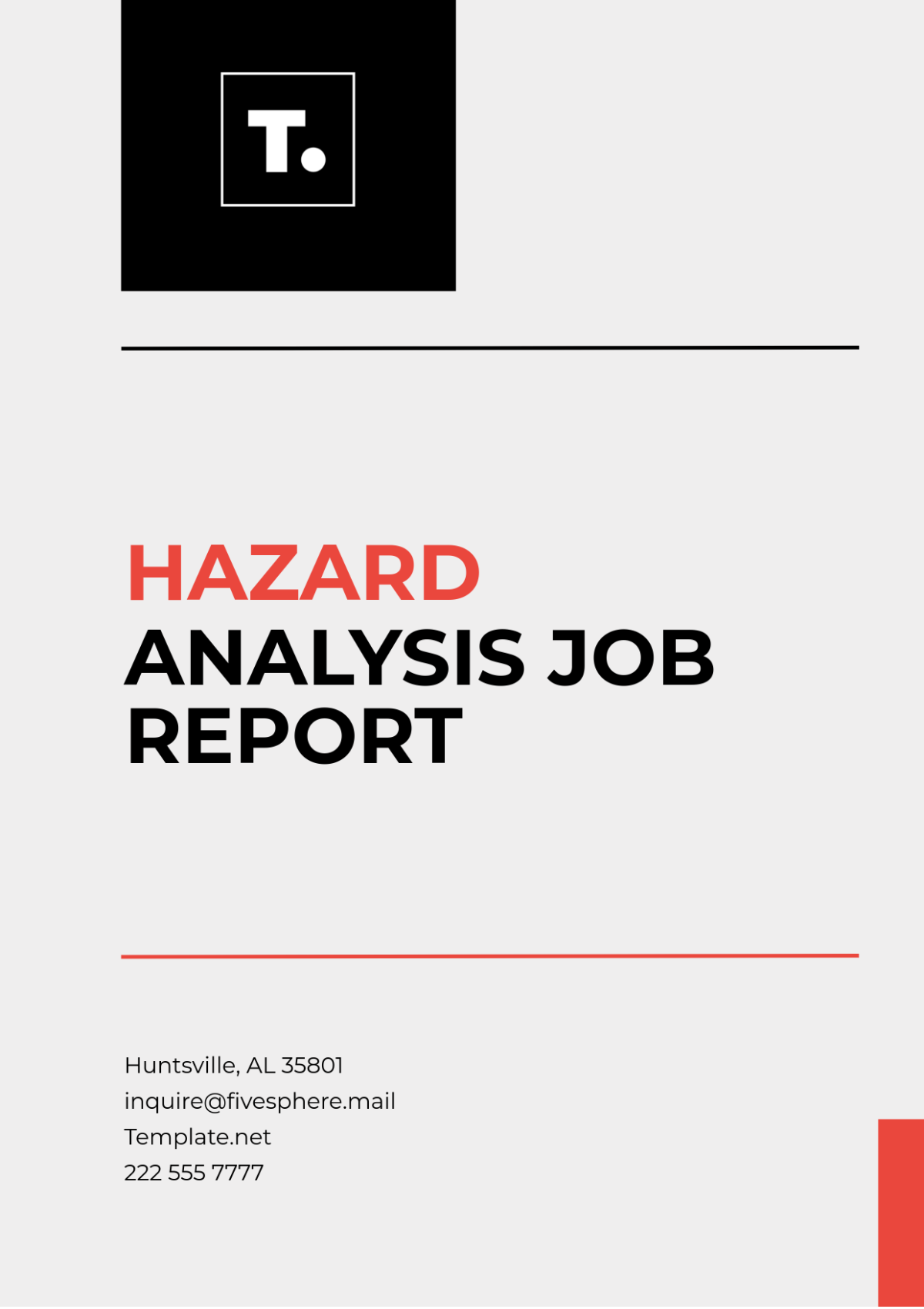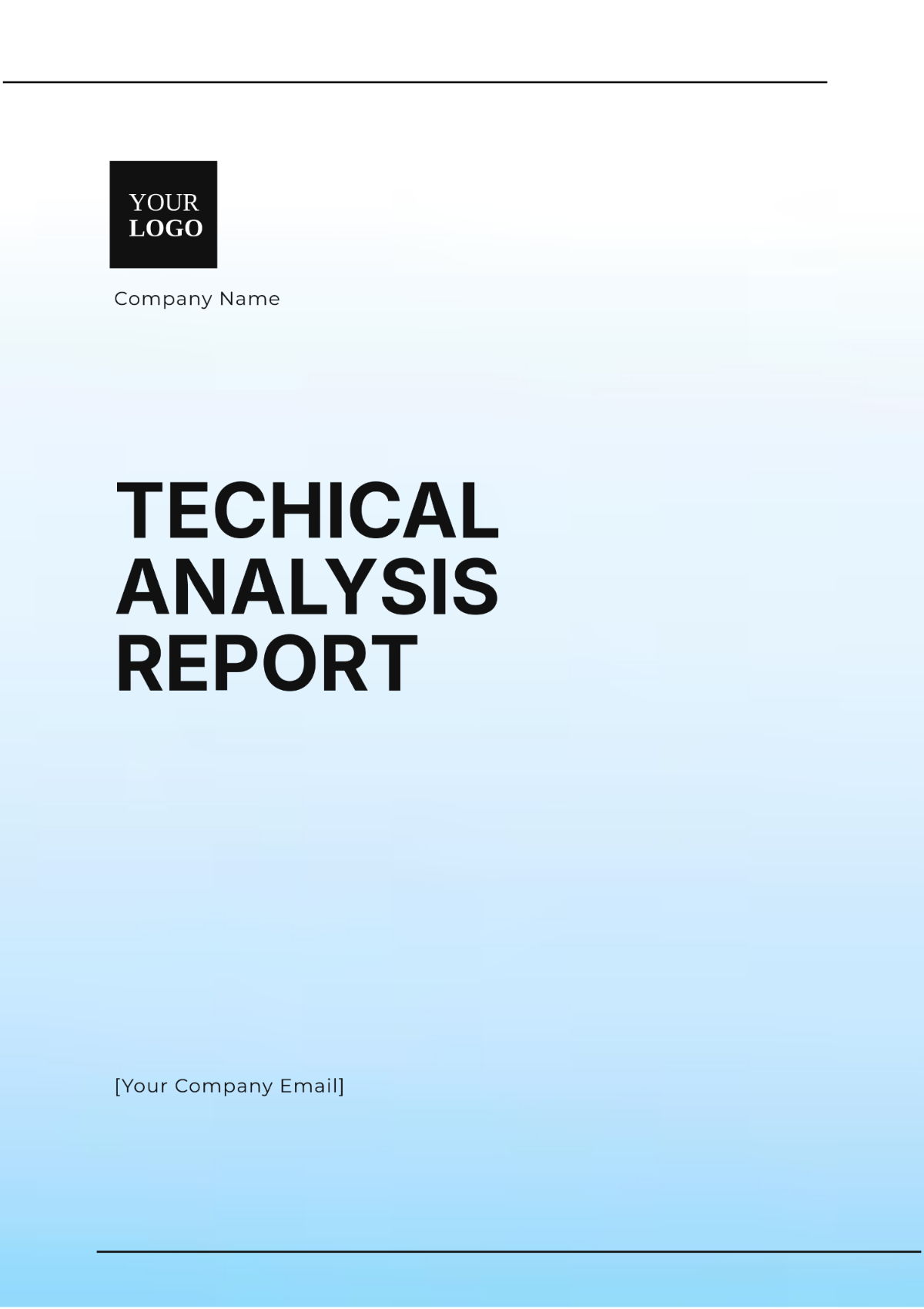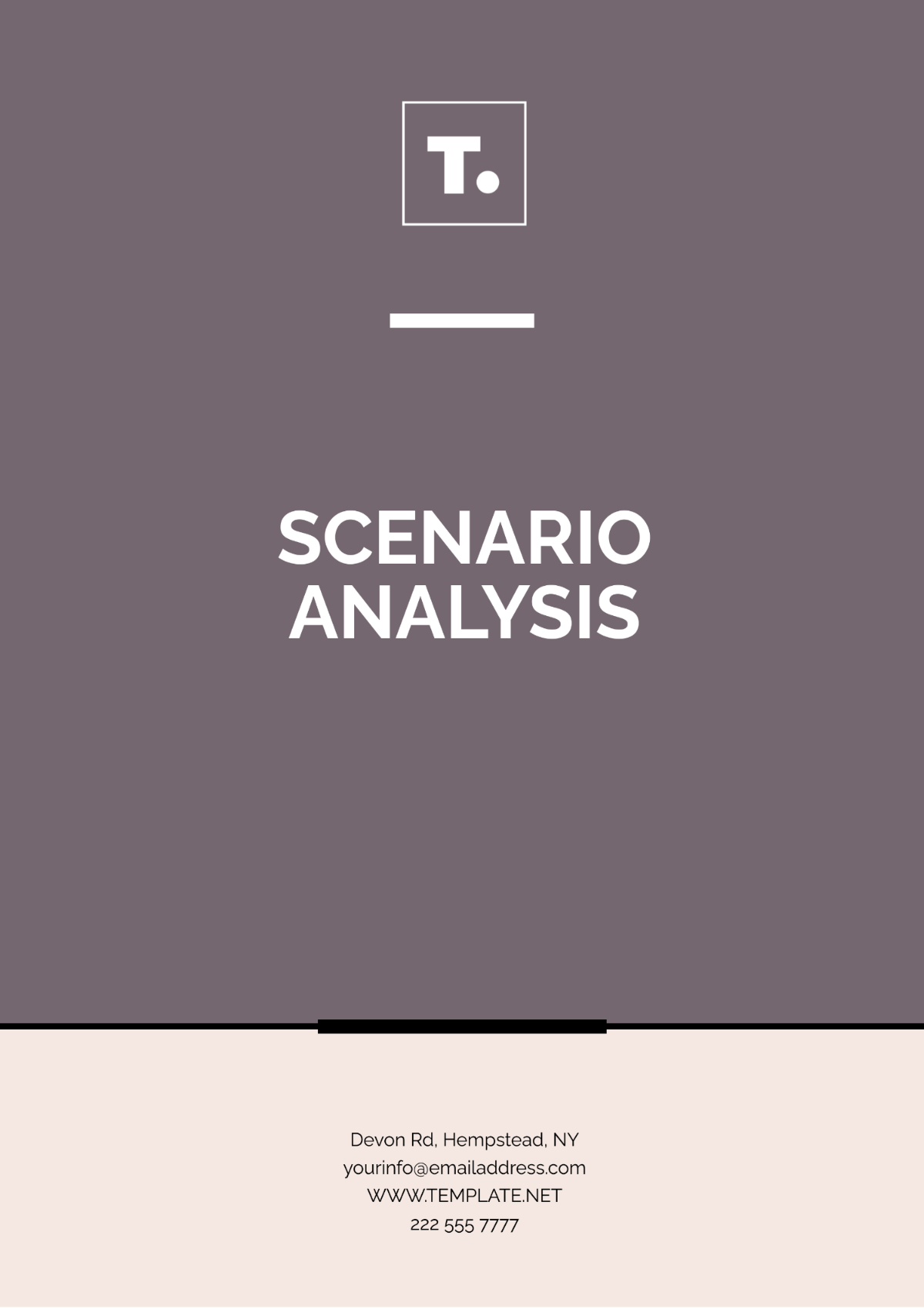Free Risk Analysis Layout Feasibility Study Template
Risk Analysis Layout Feasibility Study
1. Introduction
This feasibility study analyzes the potential risks associated with the GreenTech Solar Farm project, aimed at generating renewable energy through solar power. The objective is to identify, assess, and propose mitigation strategies for risks that could affect project success.
2. Project Description
Project Name: GreenTech Solar Farm
Location: Sunnyvale, California
Objectives: To install a 10 MW solar energy facility, reduce carbon emissions, and provide sustainable energy to local communities.
Scope of Work: This includes land acquisition, installation of solar panels, inverters, and necessary infrastructure, as well as securing permits and financing.
3. Risk Identification
Methodology: The risk identification process involved brainstorming sessions with project stakeholders, expert interviews, and a SWOT analysis.
Types of Risks:
Technical Risks: Equipment failure, integration issues with existing power grid.
Financial Risks: Cost overruns, and delays in securing financing.
Operational Risks: Availability of skilled labor, construction delays due to weather.
Market Risks: Fluctuations in energy prices, and increased competition from other renewable projects.
Regulatory Risks: Changes in government policies or incentives for renewable energy.
Environmental Risks: The effect of construction activities on local wildlife and the risk of natural disasters, such as wildfires.
4. Risk Assessment
Likelihood and Impact: Assessment of the probability and impact of each identified risk.
Risk Description | Likelihood (1-5) | Impact (1-5) | Risk Level (Low/Medium/High) |
|---|---|---|---|
Equipment failure | 3 | 4 | High |
Cost overruns | 4 | 5 | High |
Construction delays due to weather | 3 | 3 | Medium |
Fluctuations in energy prices | 2 | 4 | Medium |
Regulatory changes | 3 | 5 | High |
Environmental impact | 2 | 3 | Medium |
5. Risk Analysis
Qualitative Analysis:
Equipment Failure: Solar panels may not meet performance standards, leading to decreased energy production and increased costs.
Cost Overruns: Rising material costs and labor shortages could result in project expenses exceeding the budget.
Construction Delays: Unpredictable weather patterns may lead to construction halts, affecting project timelines.
Quantitative Analysis: Based on historical data, there is a 20% chance of cost overruns exceeding 10% of the total budget.
6. Risk Mitigation Strategies
Preventive Measures:
Conduct thorough equipment testing before installation.
Establish fixed-price contracts with suppliers to control costs.
Contingency Plans:
Allocate a 15% contingency fund in the budget for unforeseen expenses.
Develop alternate timelines for construction phases to account for potential weather delays.
Monitoring and Review:
Schedule monthly risk review meetings to assess and update the risk status.
7. Risk Management Plan
Responsibilities: The project manager will oversee risk management, with specific team members assigned to monitor each risk category.
Communication: Risk updates will be communicated to all stakeholders via bi-weekly project meetings and monthly reports.
Schedule: The risk management plan will be reviewed and updated quarterly throughout the project lifecycle.
8. Conclusion
The risk analysis for the GreenTech Solar Farm project highlights significant potential risks, particularly related to equipment failure, cost overruns, and regulatory changes. Implementing the proposed mitigation strategies will enhance project resilience and contribute to successful project execution.

